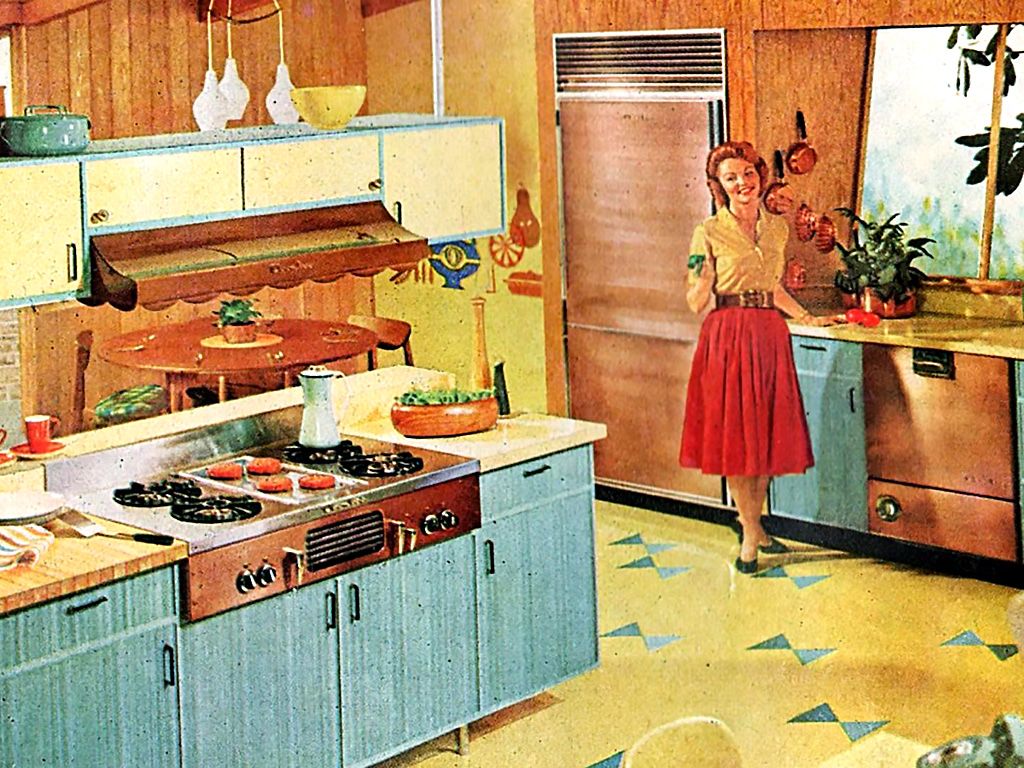Did you know that America’s love for stainless steel kitchen appliances goes back a lot longer than most people realize? It’s true, but while certain things in the kitchen haven’t changed much, like fridges and ovens, others have!
In fact, American kitchens have undergone several radical transformations throughout the decades, but the changes have been so gradual that most folks have never really taken the time to notice them. So, here’s a look back at how American kitchens have changed over the years.
1910s – Freestanding Furniture
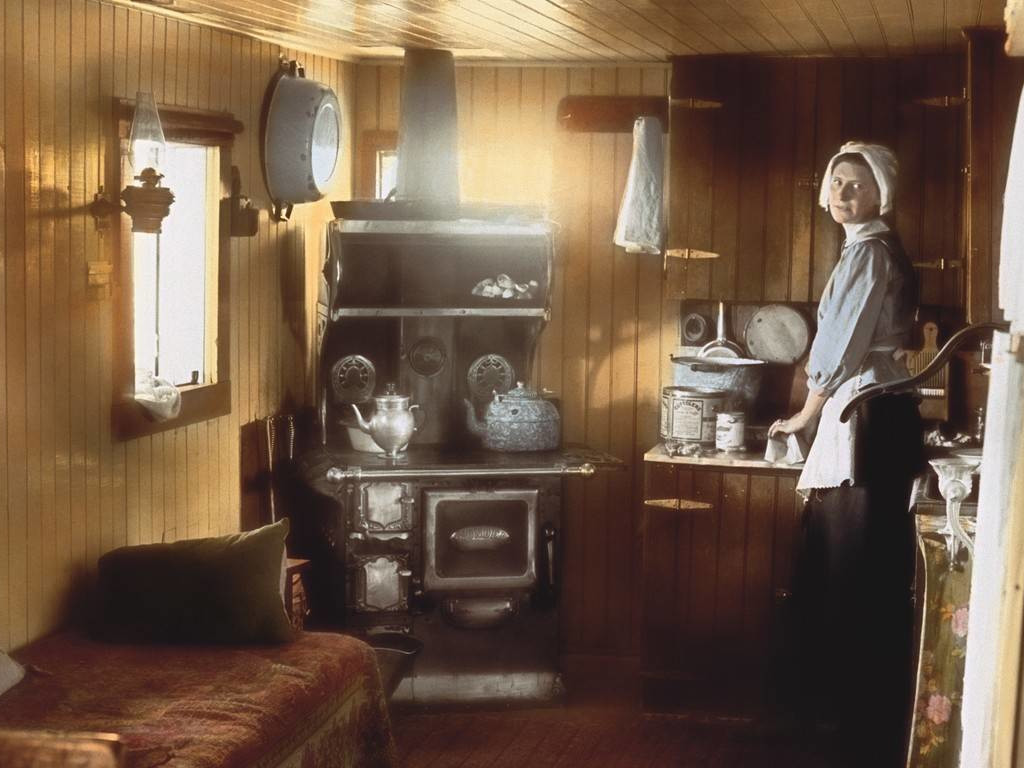
Freestanding furniture stands on its own away from other things. In other words, kitchens didn’t have built-in cupboards or appliances and that’s not all. Kitchen sinks weren’t attached to the wall either. They came as a separate piece. This was done to increase air circulation which reduced the risk of mold and mildew forming. Cabinets were also freestanding as well.
1910s – Linoleum Prints
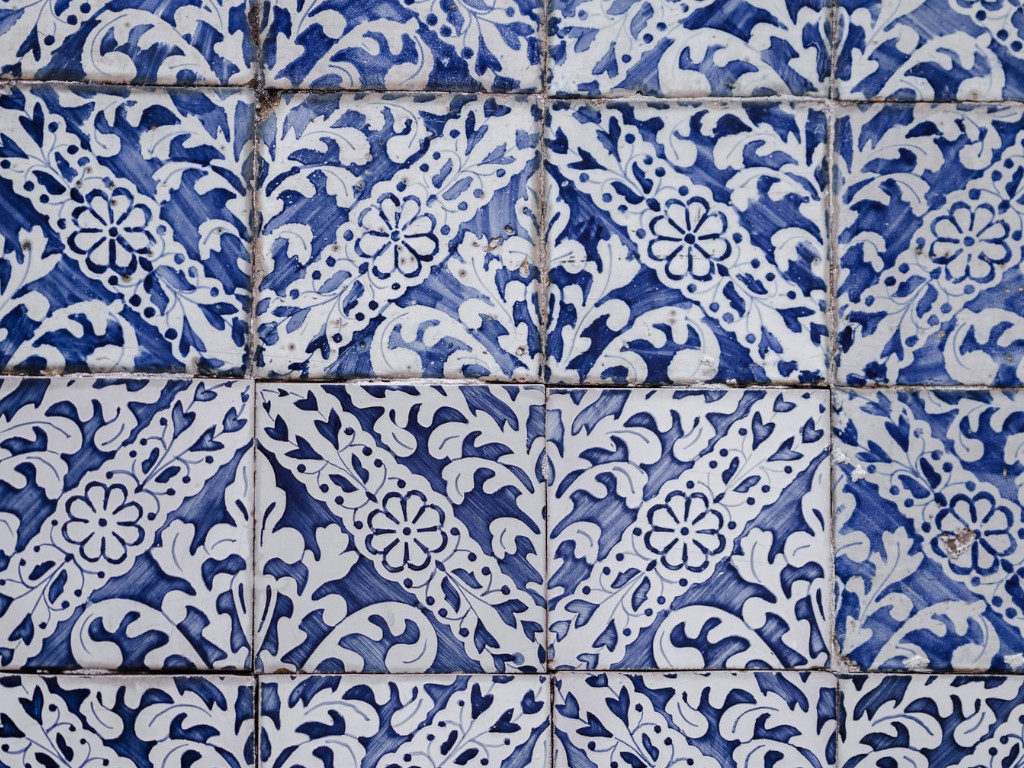
Linoleum prints were pretty common in the 1910s as well, and they came in a wide array of colors, shapes and designs like floral, diamonds and water waves. These linocut wall arts served to add a sense of style as well as artistic class to the kitchens of that era. And as homeowners entered into the next decade, running water and ventilation upgrades were slowly incorporated into kitchens.
1920s – More Colors Added
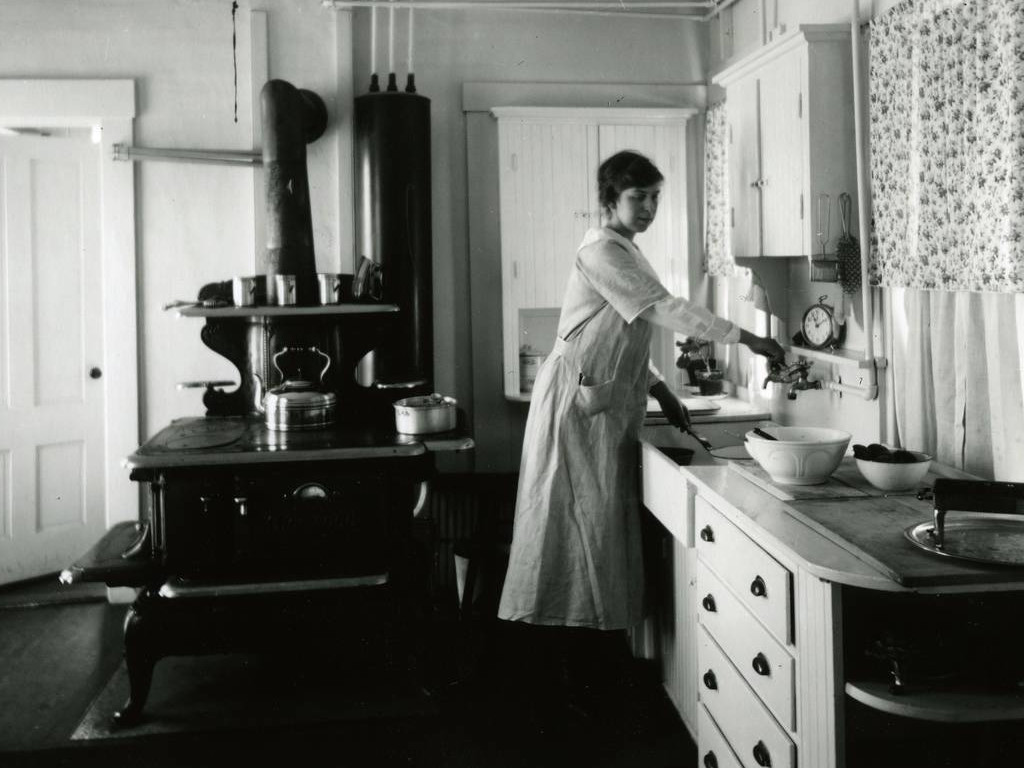
During the 1920s, kitchen designers and homeowners started incorporating livelier colors to their kitchens. This came in the form of floral drapes added to the windows and colorful linoleum tiles first seen in the 1910s. But color splashes didn’t end there. People also added rugs to their kitchens and painted their cabinets to make the area cozier or give it a more energizing vibe.
1920s – Counter Space Was an Issue
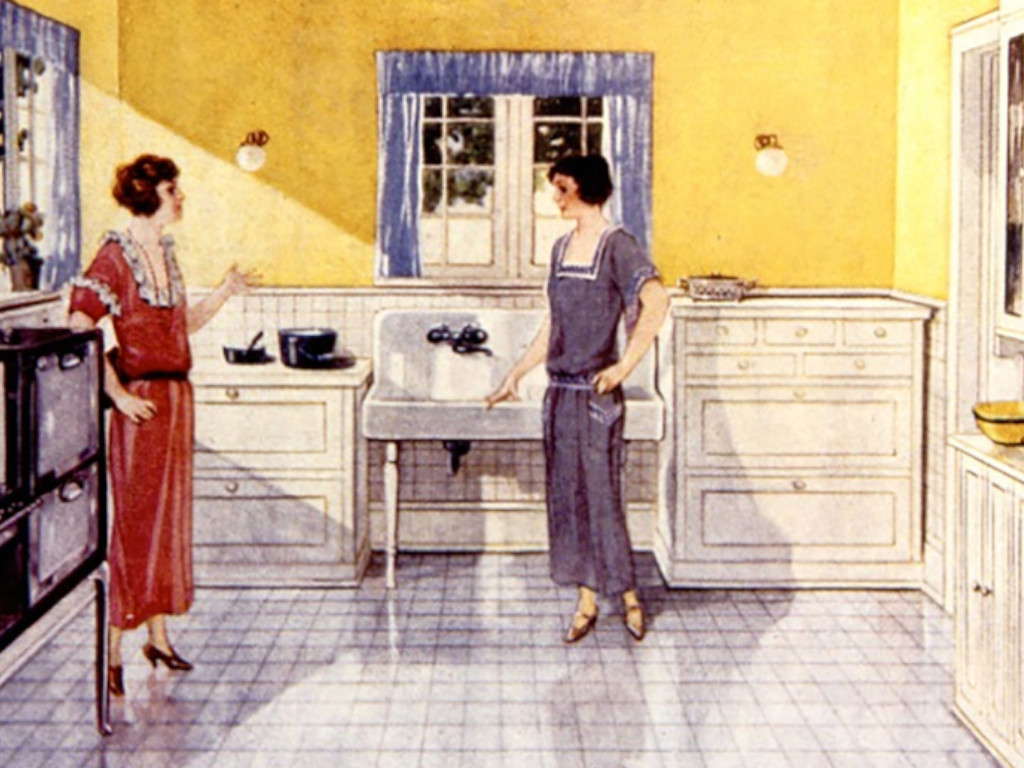
Like the 1910s, 1920s homeowners still used free-standing appliances in their kitchen. And since the stoves of this era were bulkier, they took up a lot of space and limited counter space to cut vegetables and prepare food. But there was a silver lining as built-in sinks and cabinets started making their appearances. Generally speaking, however, not all Americans could afford to upgrade their furniture from free-standing to built-in.
1927 – Refrigerators Were Introduced
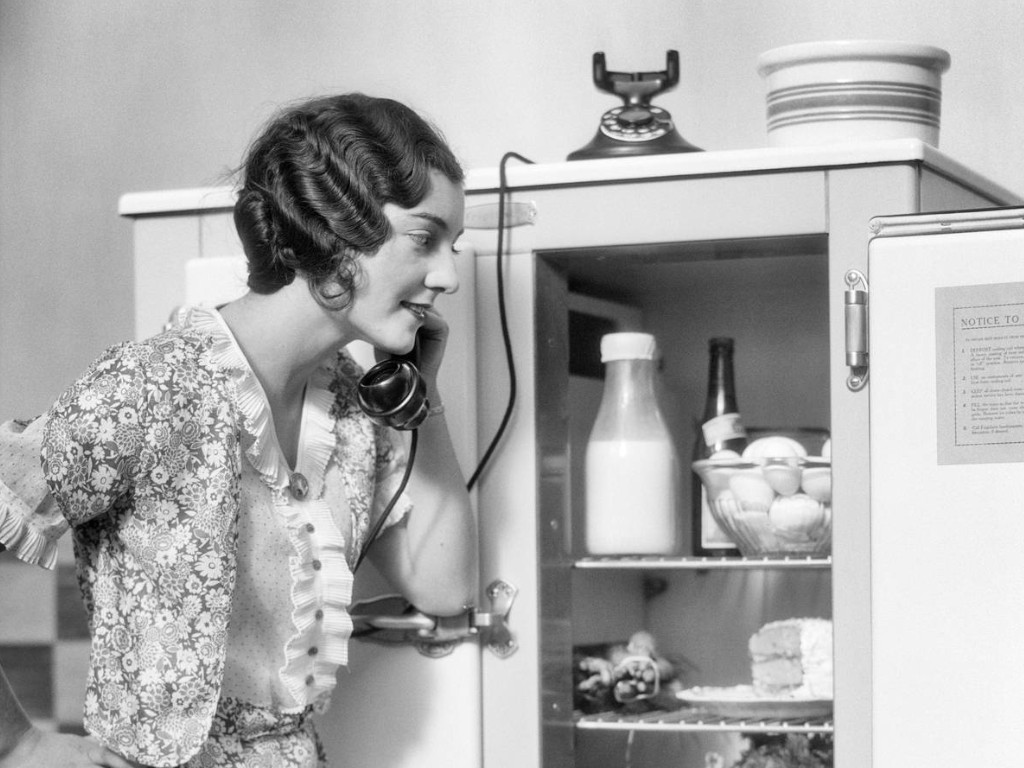
Refrigerators were invented in 1911. Unfortunately, many Americans relied on an icebox, which kept perishable food items chilled using large blocks of ice.
But by 1927, kitchens started incorporating luxury electrical appliances like refrigerators, but kept electrical devices like toasters limited to the dining room. Another notable change towards the end of the 1920s was that built-in sinks had become the norm and Americans switched to gas ranges.
1930s – Countertops Were Longer
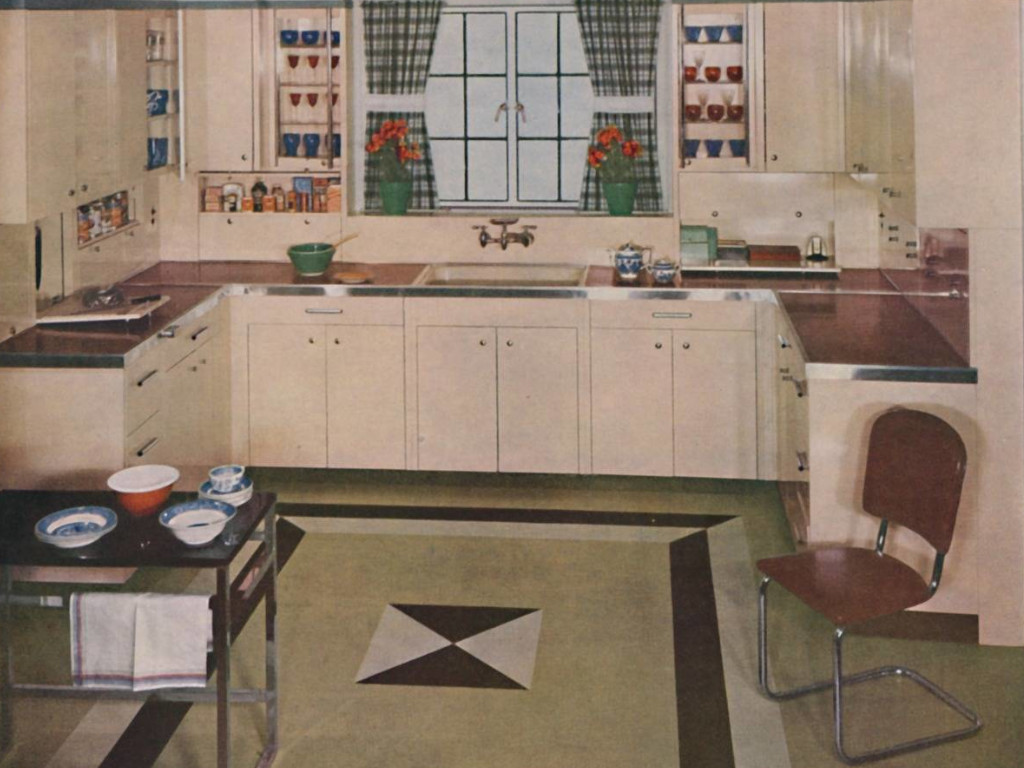
By the 1930s, stove and sink designs were integrated into countertops, which were also a lot longer than those in 1920s kitchens. This was a major perk for homeowners who desperately needed the extra space to prepare food.
But even though kitchens were adopting a more modern look, American kitchens embraced free-standing cabinets once again. So, the more things changed, the more they stayed the same in some aspects.
1930s – So Long, Servants
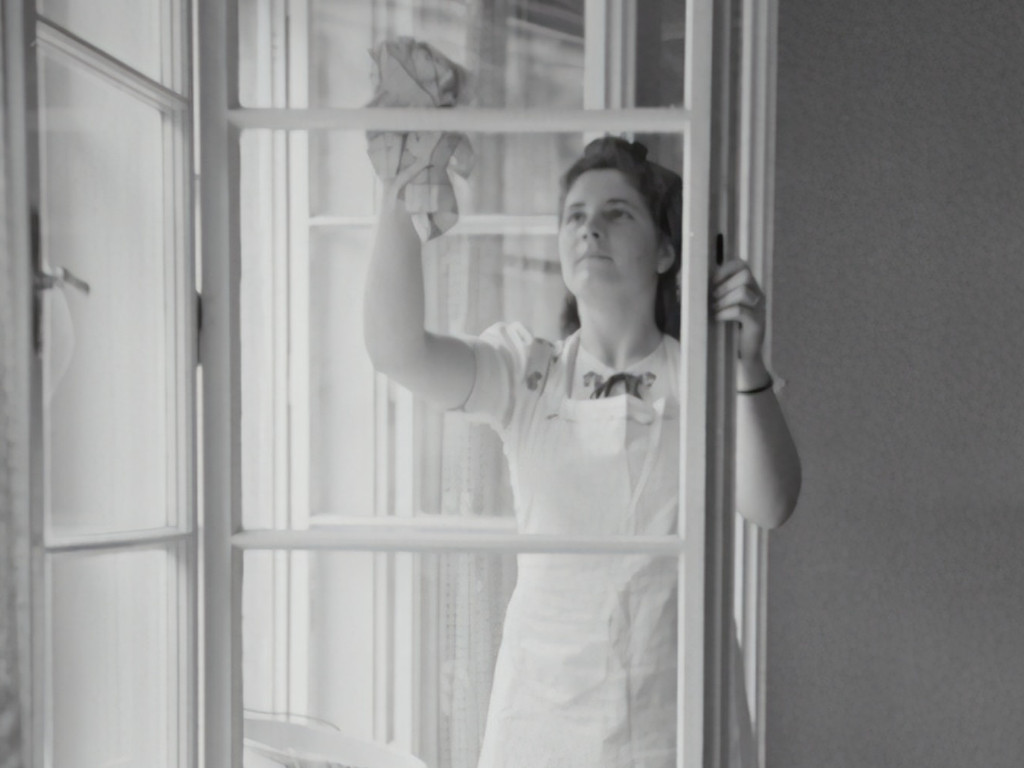
Kitchens used to be a servant’s domain so homeowners never really paid much attention to the aesthetic look of this vital room. But by the 1930s, American households saw less and less servants and families started spending more time in the kitchen.
So, kitchens needed to look nicer and be more efficient. To that end, new kitchens were redesigned to include stoves that were tucked under counters, sinks that were a lot closer to stoves, and ironing boards that could be folded out of walls.
1935 – Hello Again Art Deco
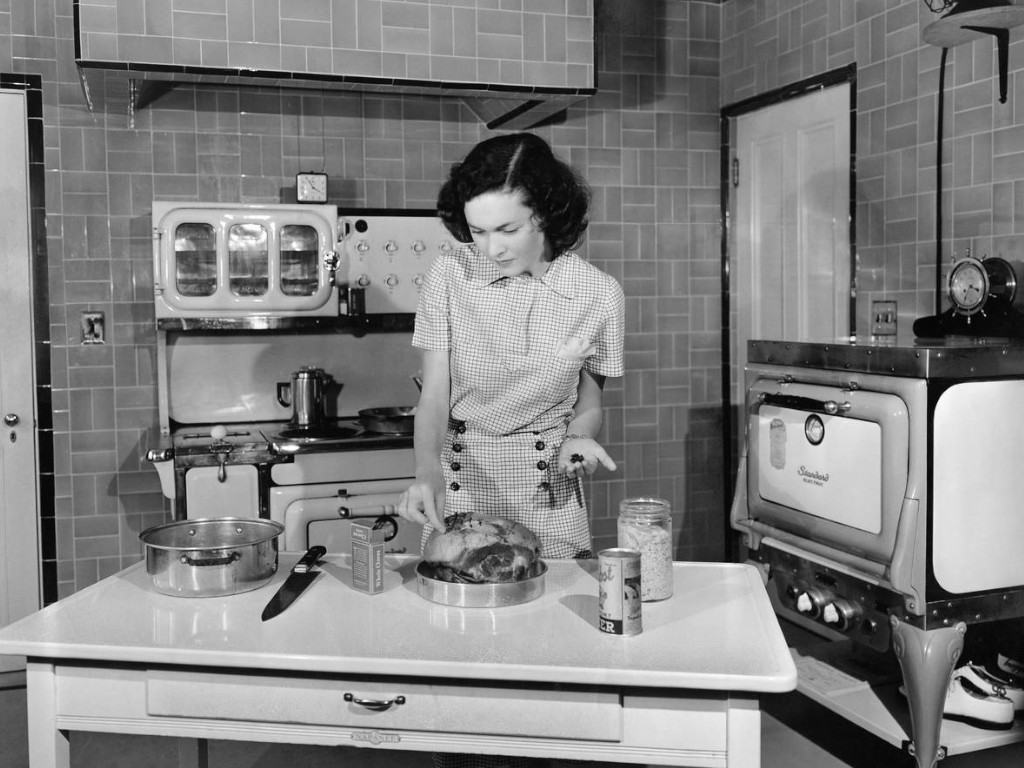
By 1935, Americans were slowly recovering from the crushing economic blow they received from The Great Depression—an era that led to worldwide economic collapse and a high unemployment rate. This allowed for the reintroduction of Art Deco, an aesthetic that was popular in the 1920s and made a modern comeback in the 1930s. This led to kitchens having richer colors and checkerboard linoleum floors, too.
1935 – Kitchens Were Modernized
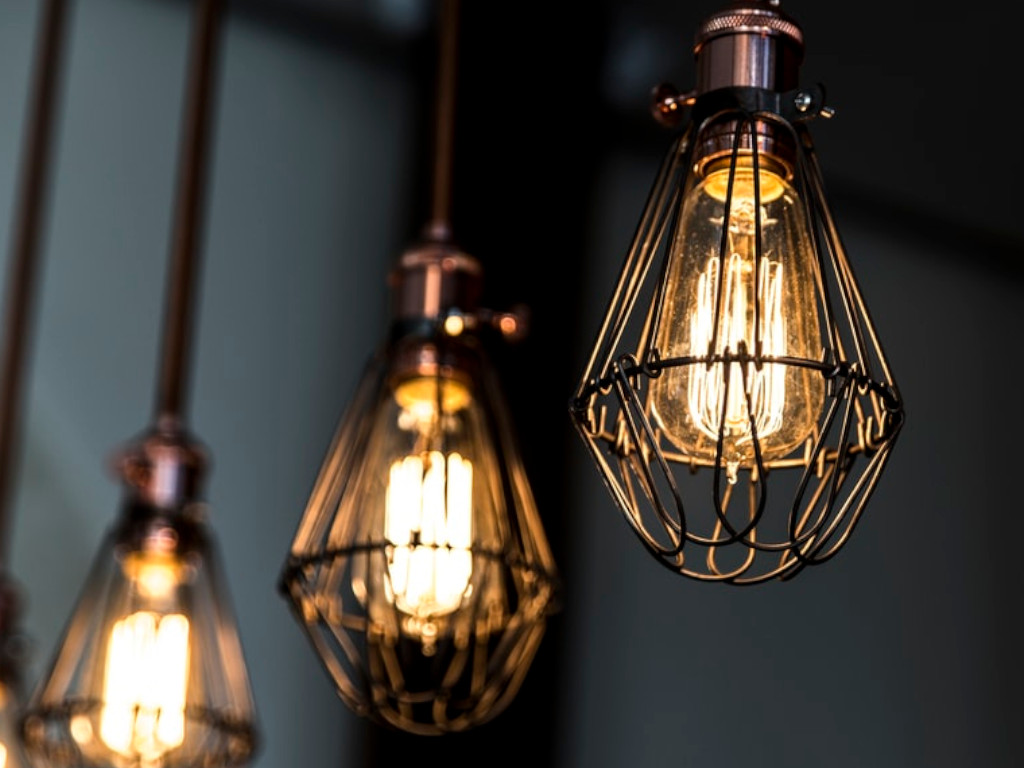
In an effort to make kitchens look nicer and more modern, people started adding bolder colors like gold, red and dark blue. Another new feature at the time was chrome furniture, which actually consisted of chromium-covered metal like iron or steel to give furniture a gleaming finish. Homeowners also added pendant lights, which are lone light fixtures that hang from the ceiling by a chain, a rod or cord.
1940s – The Kitchen of Tomorrow
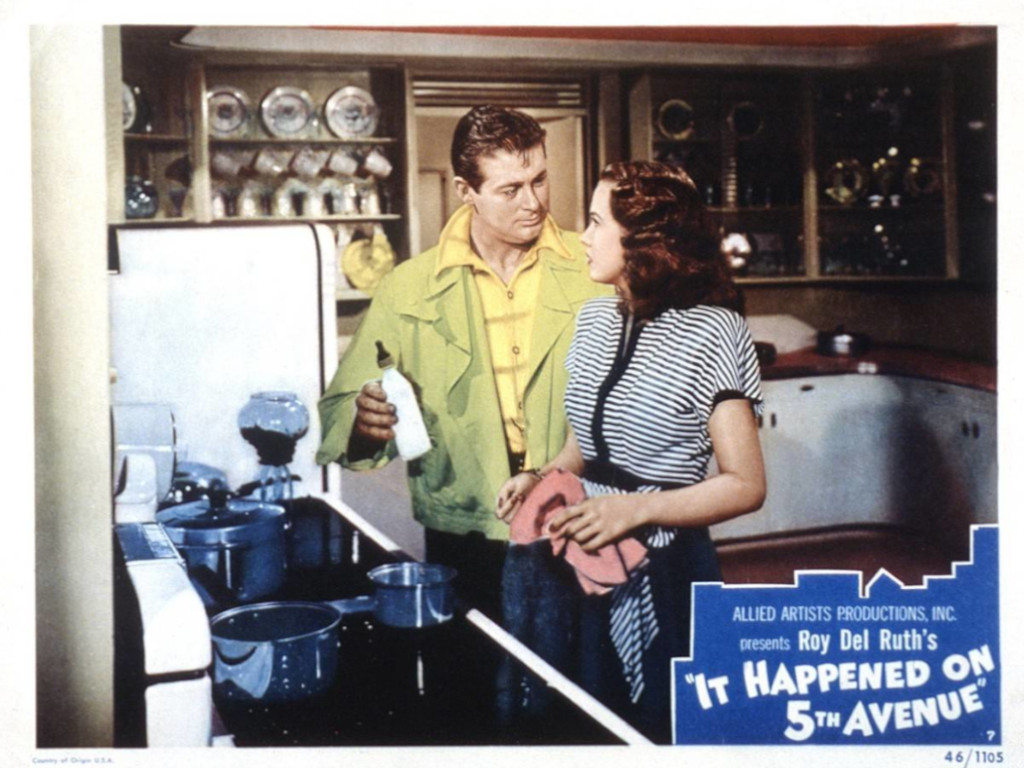
In 1939, House Beautiful and Procter & Gamble got together to design “the kitchen of tomorrow” which was also known as the “self-cleaning kitchen." The name, however, isn’t what most people would assume. There were no futuristic robots or special lasers designed to automatically clean the kitchen. It was a new design to make cleaning a lot easier.
One of those features included wider floors that made vacuuming a breeze. And continuous countertops and stainless-steel sinks were also redesigned to look more streamlined, which in effect, made them easier to clean by the 1940s.
1943 – Old School Kitchens
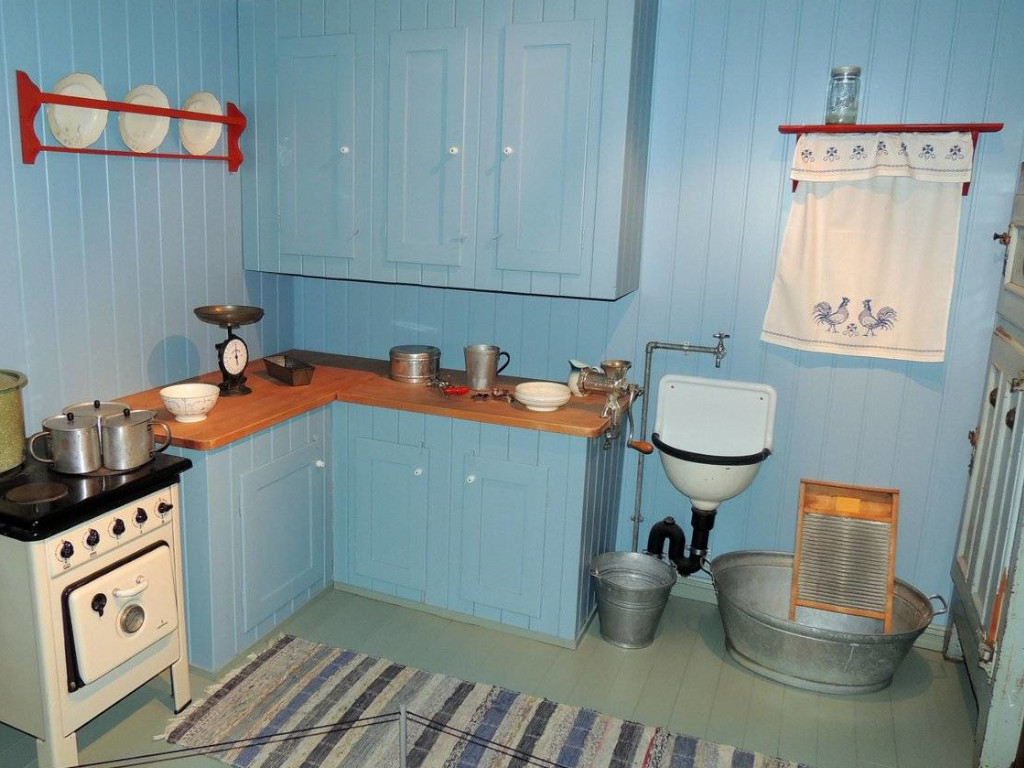
Despite a push for a more modern kitchen, some American homeowners continued to cling to old school kitchen styles, especially when it came to decorations.
For example, vintage dishes were placed on display on open shelves, and embroidered and pleated curtains were hung on windows. Some folks even decorated their windows with plants. And it wasn’t unusual to find stainless steel cups and manual meat grinders on the kitchen counter.
1943 – Built-In Couches and Benches
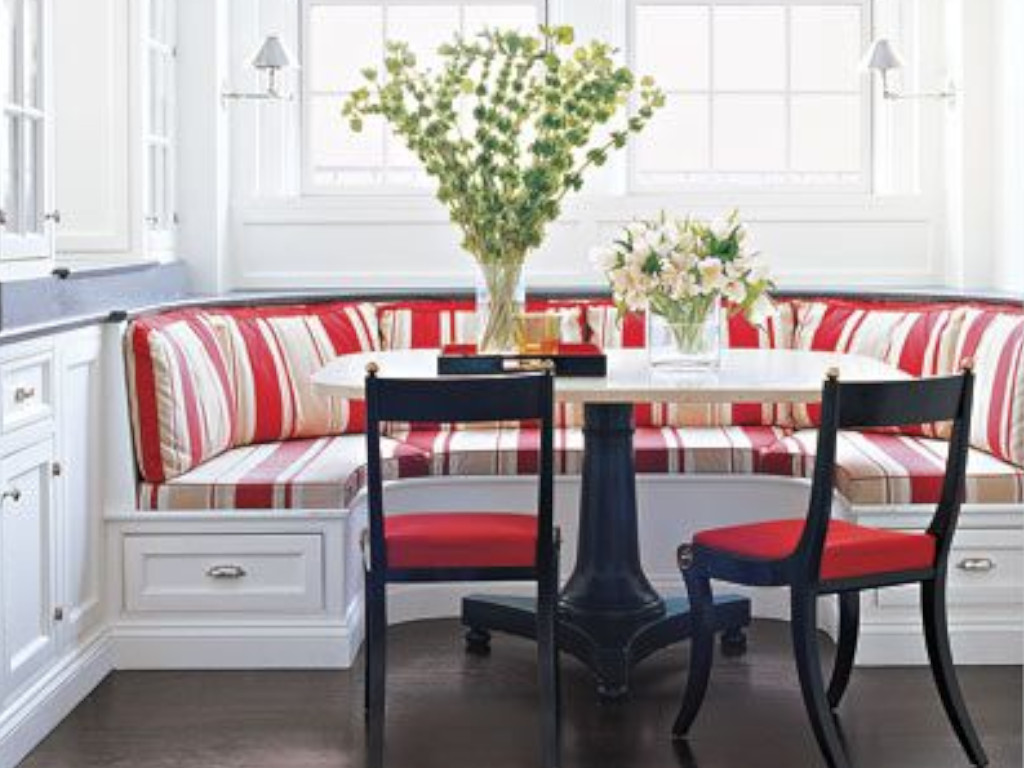
By this point, kitchens weren’t just used for cooking meals. They had also become dining rooms as well. So, in addition to dining tables, some kitchen designs included couches and benches built into the wall so families could sit down and eat. Most of these seating areas had a plaid or striped design to them to make the area seem more homely and cozy.
1947 – Mixing Corners and Sitting Stools
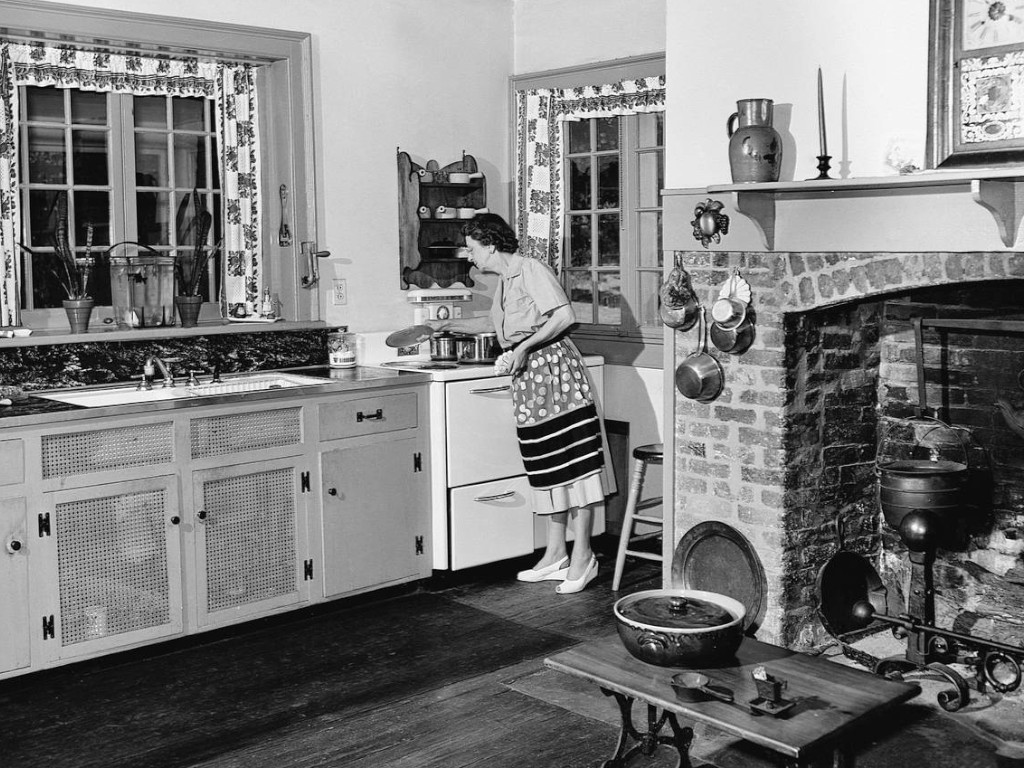
By the late 1940s, American kitchens added small tables to their design to allow homeowners to focus on their meal prep. Others had mixing corners on the cabinet corners so they could mix baking ingredients easily. And some homemakers even added a stool so women could sit while washing dishes in the sink or cooking instead of being on their feet all day.
1947 – The Return of Retro and Funk

As the 1950s inched ever so closer, linoleum floors continued to rage in American kitchens. But this time, designers offered funkier colors and patterns. Also, retro colors made a comeback in the form of red, gold, pink and pastel green-lined cabinets and countertops. But there was always room for improvement and kitchens were about to get another makeover aimed directly at American housewives.
1950s – Appealing to the American Housewife
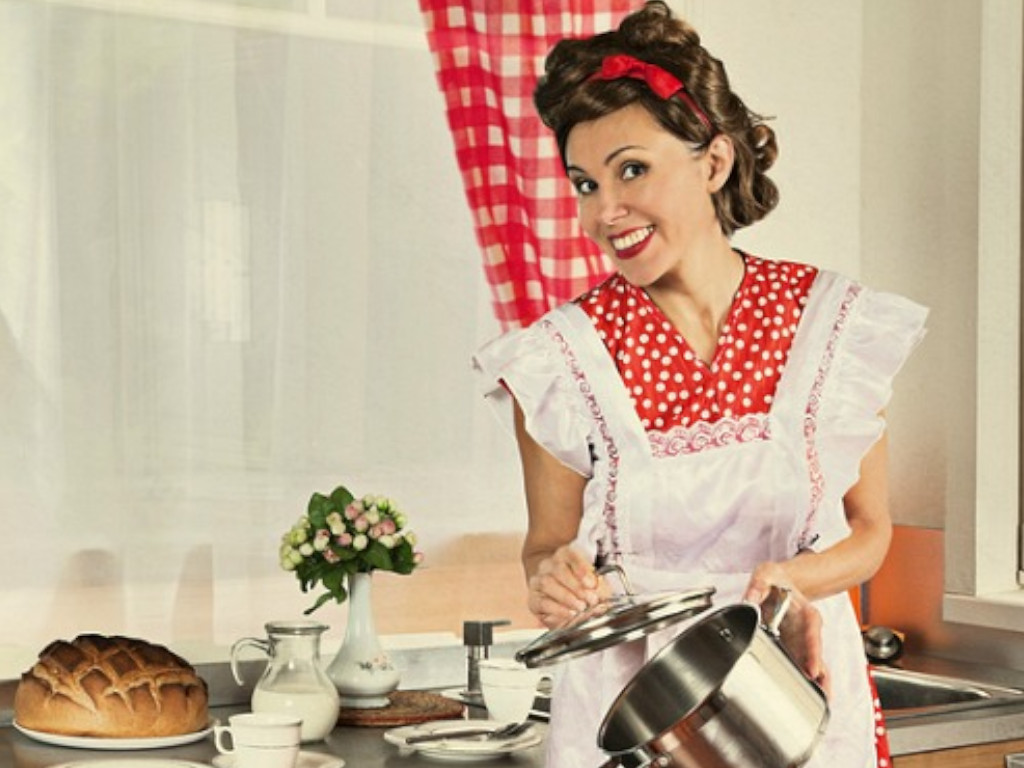
In the 1940s, women’s roles were redefined as many of them had to get jobs to pay the bills while their husbands were off fighting in World War II. But when the war ended, women slowly transitioned back to being housewives. So, advertisers and designers started focusing on multipurpose furniture that was smaller and made living a whole lot simpler, too.
1950s – The Retro Kitchen Look
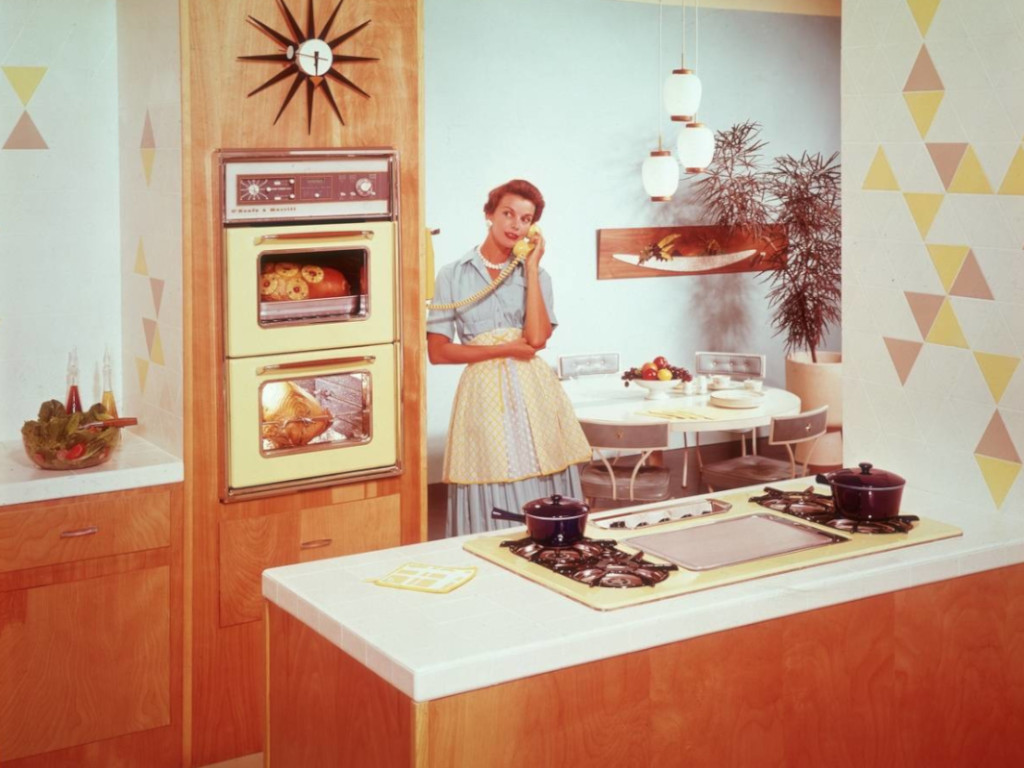
In addition to those found at the bottom of countertops, cabinets now also hung from kitchen walls, which meant women no longer had to crouch or bend over to get things. Also, the retro look was introduced which included pastel-colored refrigerators and stoves. And fridges also came with crisper compartments and glass shelves while sinks, stovetops and oven were either built into the walls or into the counters themselves.
1953 – Hidden Pull-Out Steps
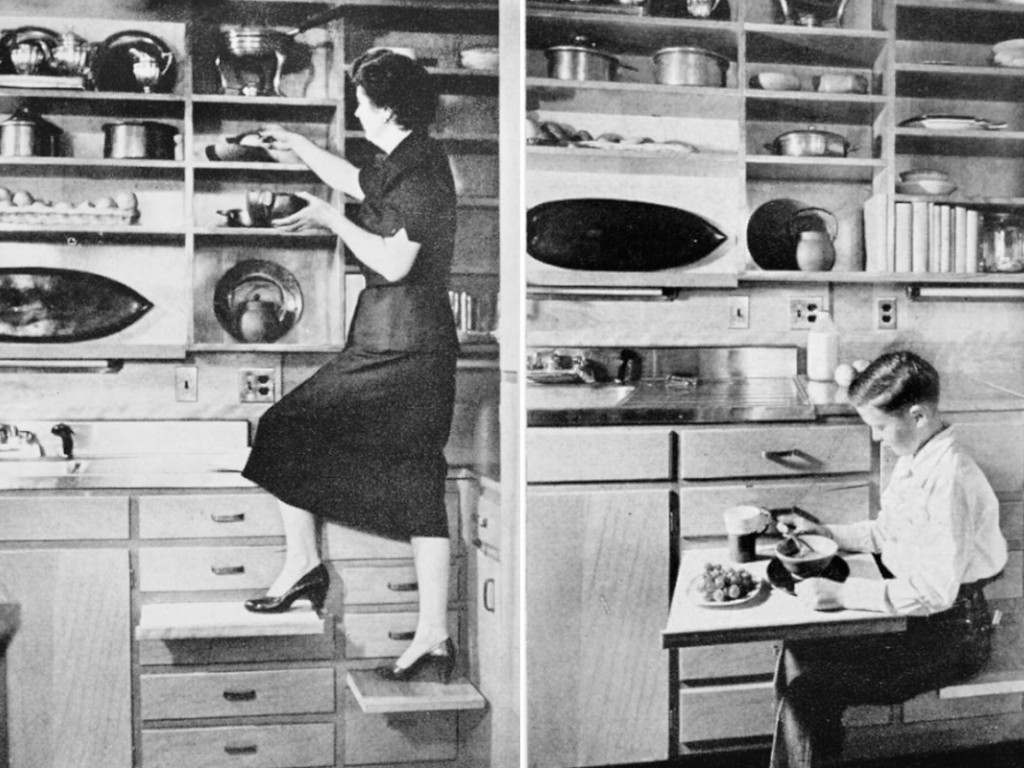
Having pull-out features in the kitchen was a real life-saver in the 1950s. They allowed housewives to pull out special steps in the cabinets so they could climb up and grab anything from the shelves on top. These pull-out features also came in the form of a makeshift table and seat so a child could sit and eat their snacks after school. It might not seem like much but these features were very innovative at the time.
1955 – Cooking and Dining
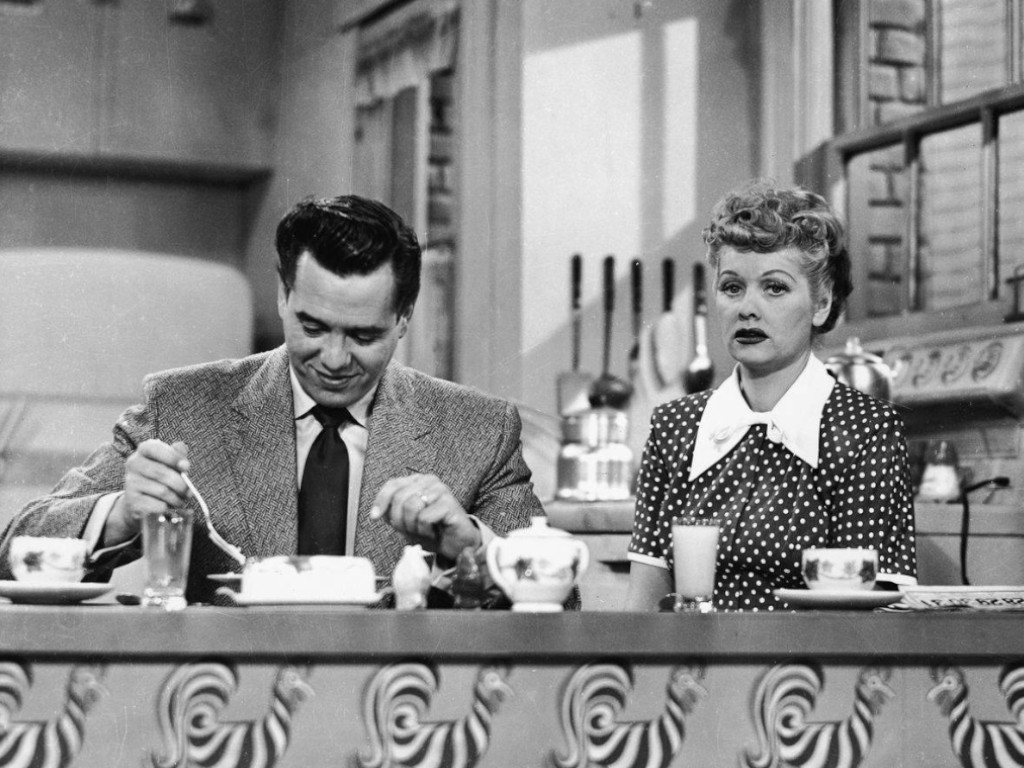
In the 1950s sitcom “I Love Lucy,” Lucy and Ricky were sometimes seen sitting in front of their kitchen bar eating breakfast in the morning. But this wasn’t a feature limited to television. As the decade progressed, more and more kitchens started adopting this cooking and dining concept by adding a countertop or a bar, which was quite ideal for homes that were smaller or even apartments with limited space.
1957 – Kitchen Appliances Were a Luxury
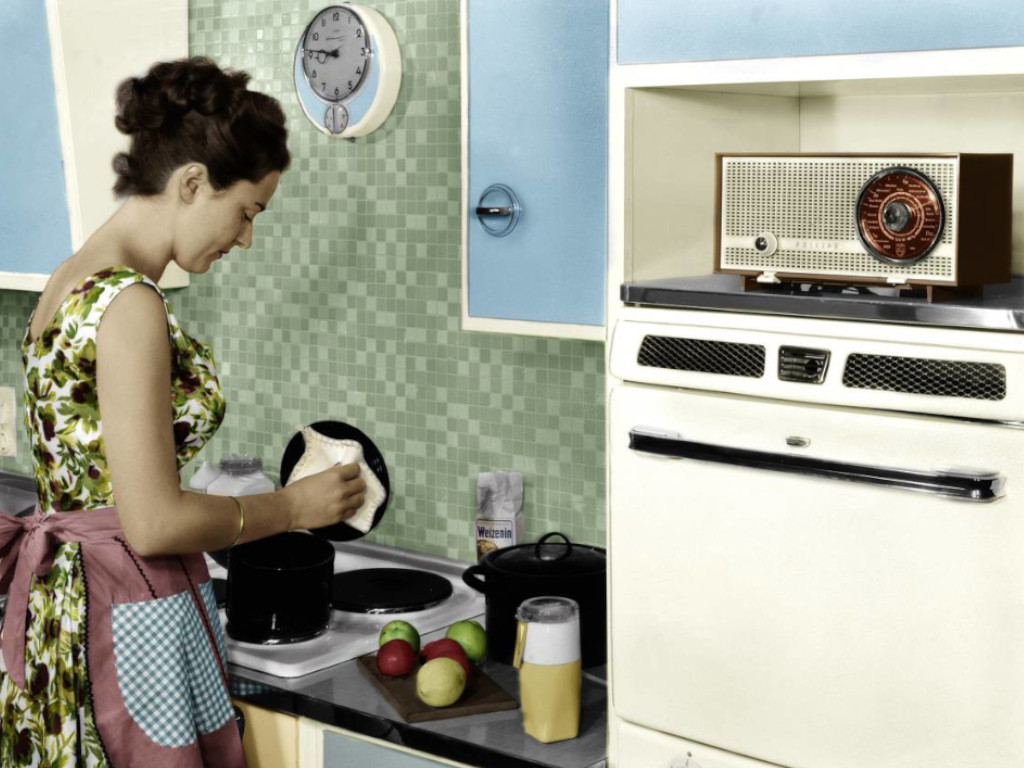
Even in modern times, homeowners love their kitchen appliances because they provide a convenient way to prep food in a lot less time. But in the late 1950s, kitchen appliances were considered luxurious and those who owned them displayed them proudly to show off their financial status. This included items like cake breakers and green bean slicers, which are a lot less common these days.
1960s – Groovy Earth Tones and Natural Lighting
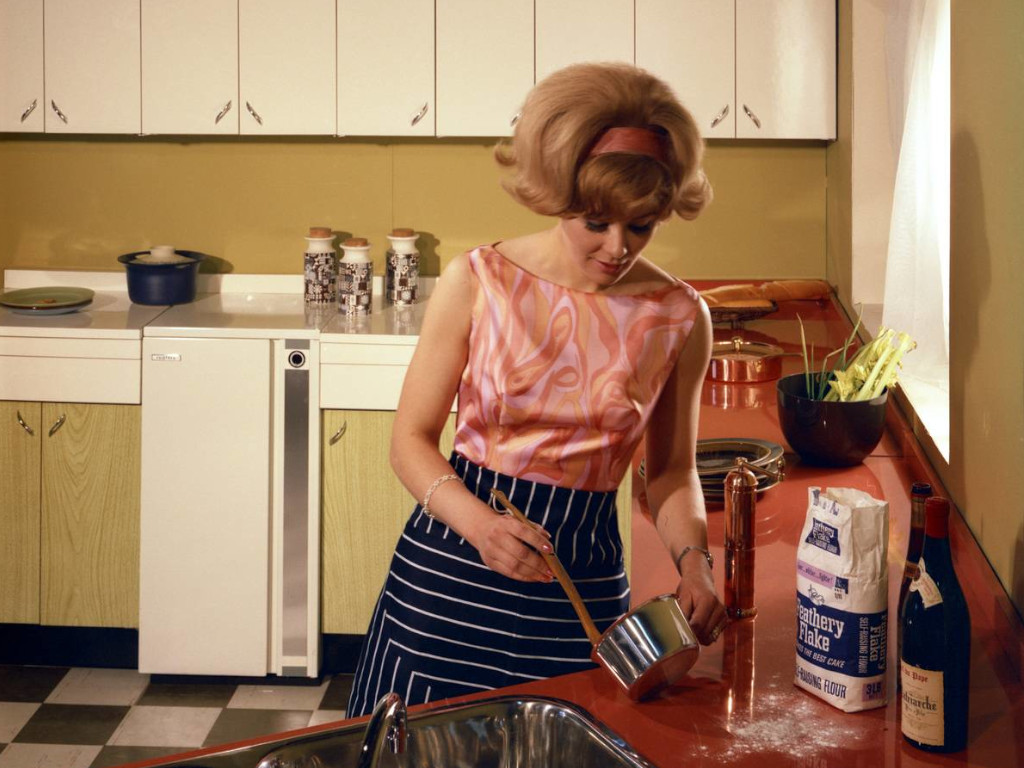
When the 1950s left, it took things like shimmer, pastel colors, and steel cabinets with it. The 1960s saw the introduction of earth tones like gold and avocado green added to American kitchens. They were also redesigned to include longer counter spaces and larger floor plans, not to mention windows that allowed more natural lighting in. But that wasn’t the only natural element that made a comeback in the 1960s.
1961 – Wood in the Kitchen
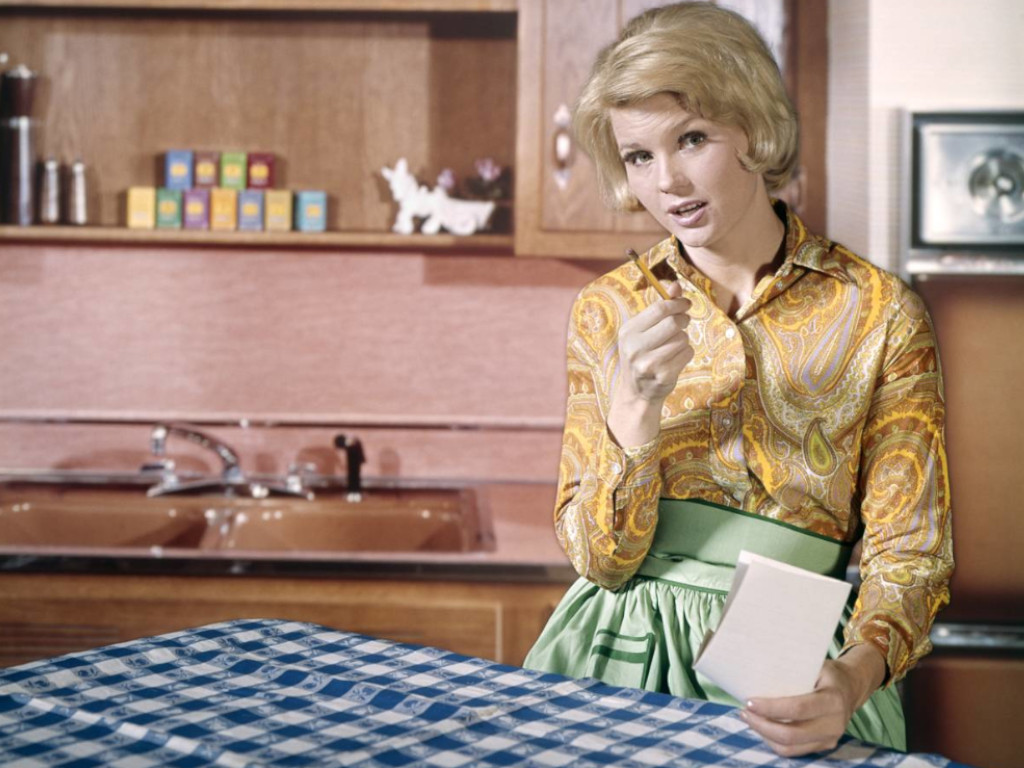
Even though wooden furniture remained a staple in homes in the 1950s, it steered clear from the kitchen until 1961. At that point, kitchen cabinets and stools made of dark wood made an appearance. Even appliances said goodbye to stainless steel and chrome in exchange for wood.
Another kitchen feature that was introduced in this era was the pegboard, which was a wooden board consisting of regular patterns of small holes used primarily to display information.
1966 – Kitchen Wallpaper
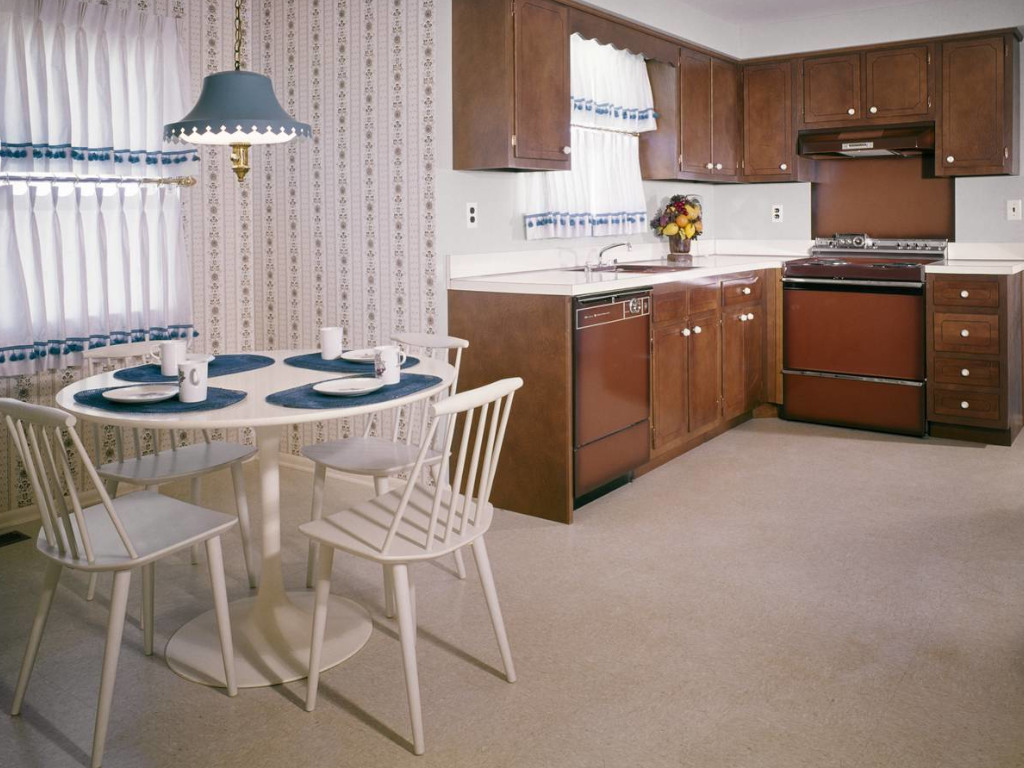
Although kitchen wallpaper was used in other decades, it didn’t really become a staple until the 1960s when it came in all sorts of designs. Leaves, rainbows, paisley, floral and geometric designs were as popular in the 1960s as they were in previous decades, so kitchen wallpapers reflected that.
Another new feature included built-in fans and refrigerators that added more floor space. And newer kitchens were also designed in the form of a U-shape.
1967 – Dishwashers and Microwaves
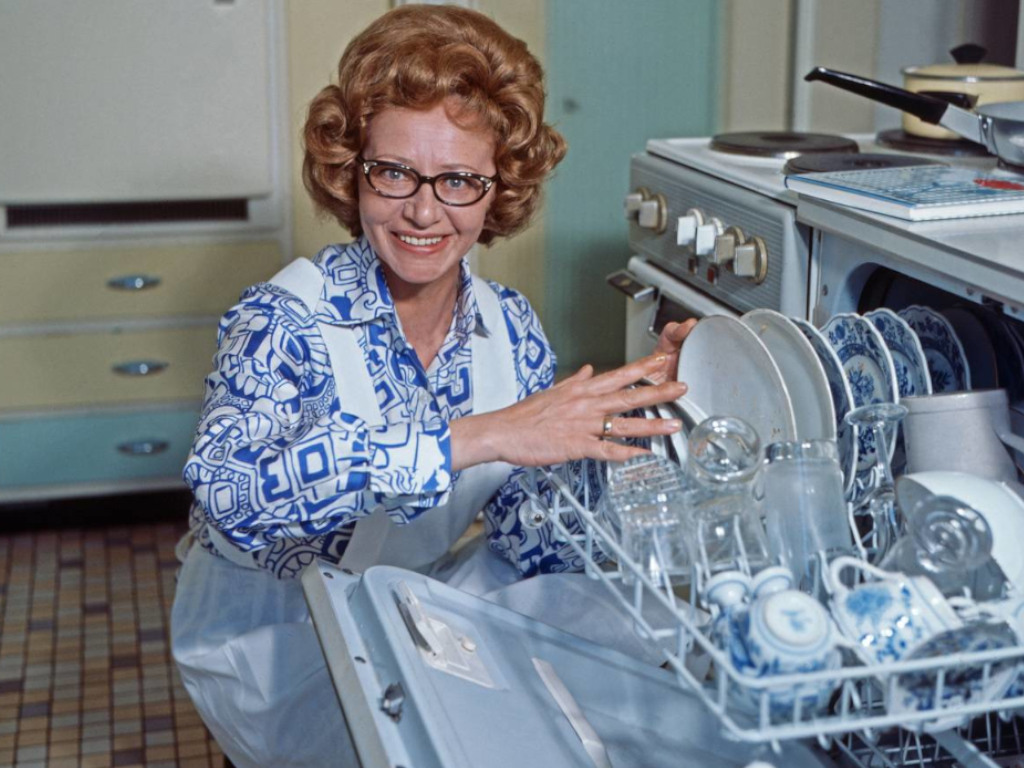
In 1967, Raytheon, the first microwave company, introduced their products to the general public. Before then, this handy cooking appliance was limited to the rich and powerful. But in the late 1960s, they were as common as refrigerators. Another item that popped up in American kitchens was the dishwasher, which made many housewives very happy because they no longer had to suffer washing dishes after slaving over a hot stove all day.
1968 – Phones in the Kitchen
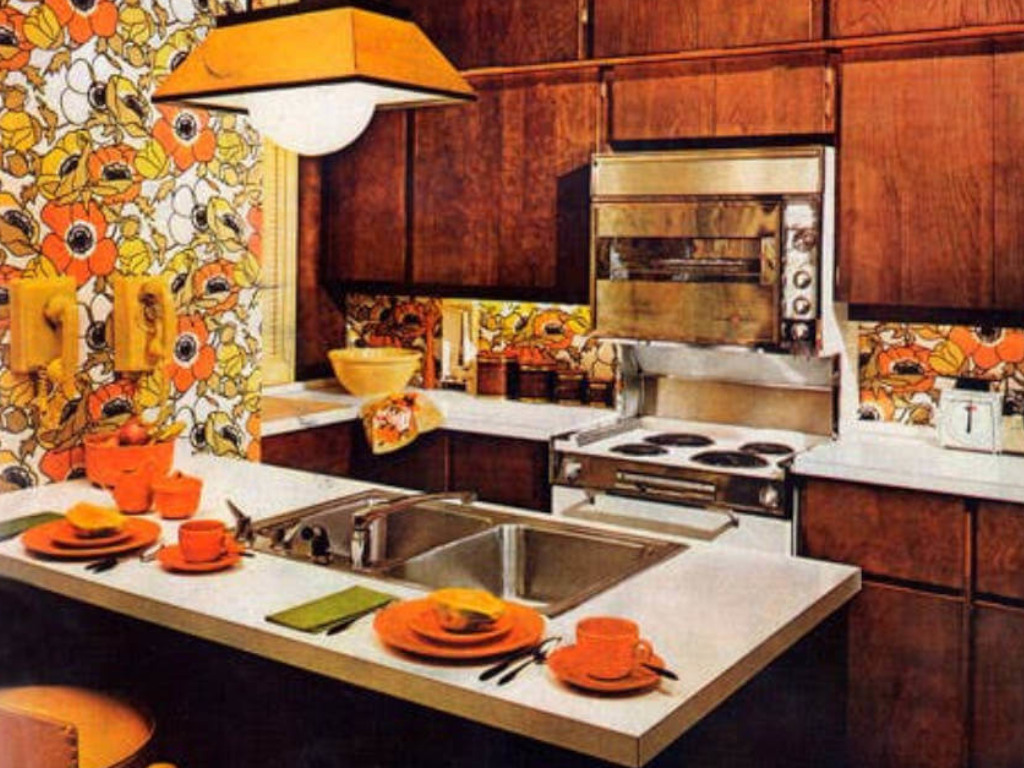
Relying on a mobile phone is all the rage now but in the 1960s, having a landline phone in the kitchen so housewives could talk on the phone while cooking in the kitchen was considered luxurious.
Most phones were attached to the wall or sitting on the counter within arm’s reach. In fact, to this day, many rural areas that don’t have great cell phone coverage still rely on kitchen landline phones to reach out and call someone.
1969 – Solid-Colored Laminate
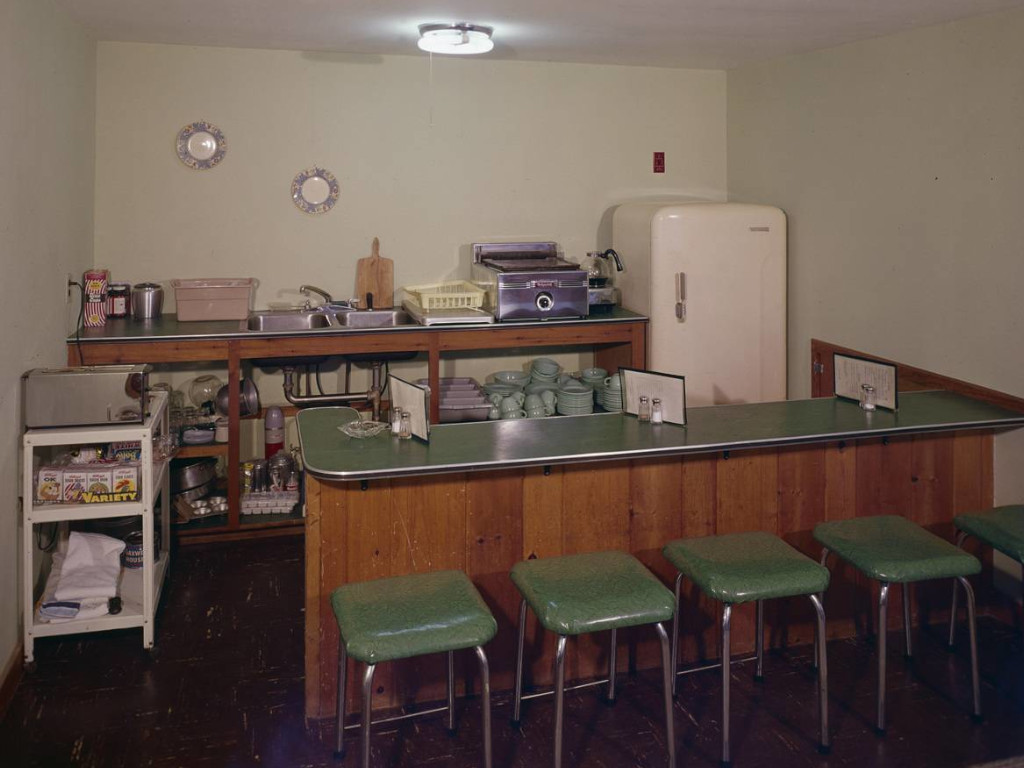
Bold colors were pretty popular in 1960s kitchens, which is a huge difference with the marble and tile counters seen in 21st century kitchens. Another staple of the late 1960s and early 1970s was solid-colored laminate counters that came in white, gray, blue, yellow or green. Some kitchens also had a mesh of wood paneling with bricks that were the same color as laminate counters.
1970s – Kitchens With Personality
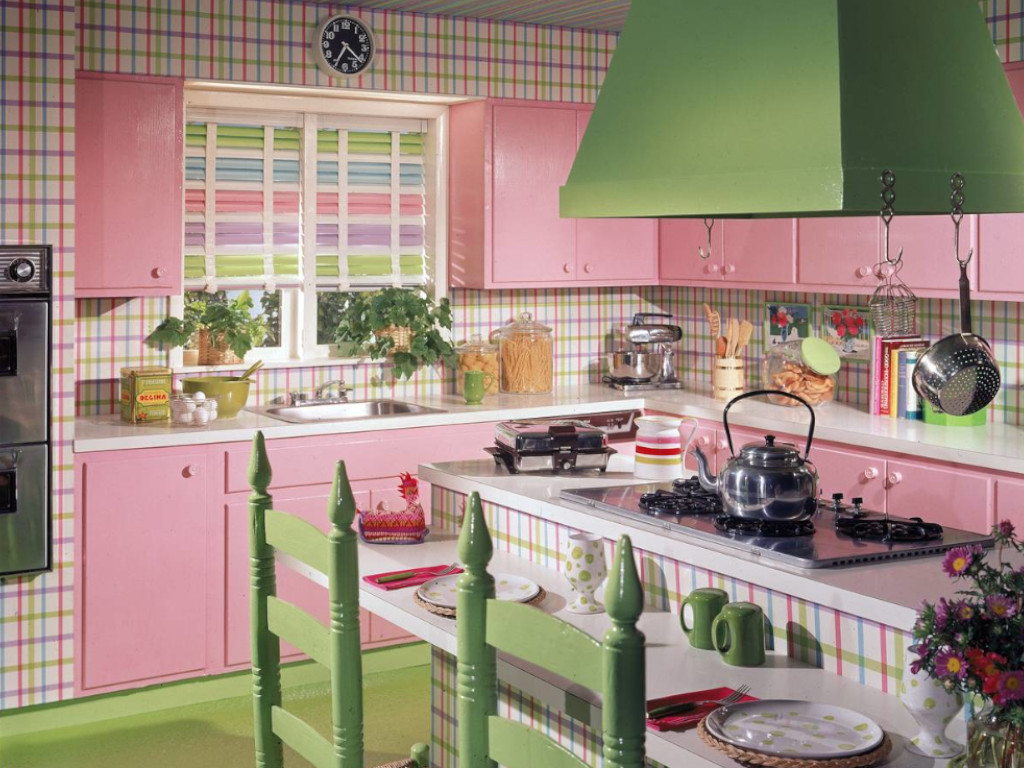
In the 1970s, streamlined kitchens went the way of the dinosaur and the new design reflected more personality, particularly with colors like pink, which was popular at that time.
Wallpaper was used a lot in the 1970s as well and came in all sorts of geometric shapes, plaid, stripes and paisley prints. And the era also saw the introduction of backsplashes made with tiles of different colors and designs. All in all, the kitchens looked like a precursor to the one seen in the animated series “The Simpsons.”
1975 – Country-Style Kitchens
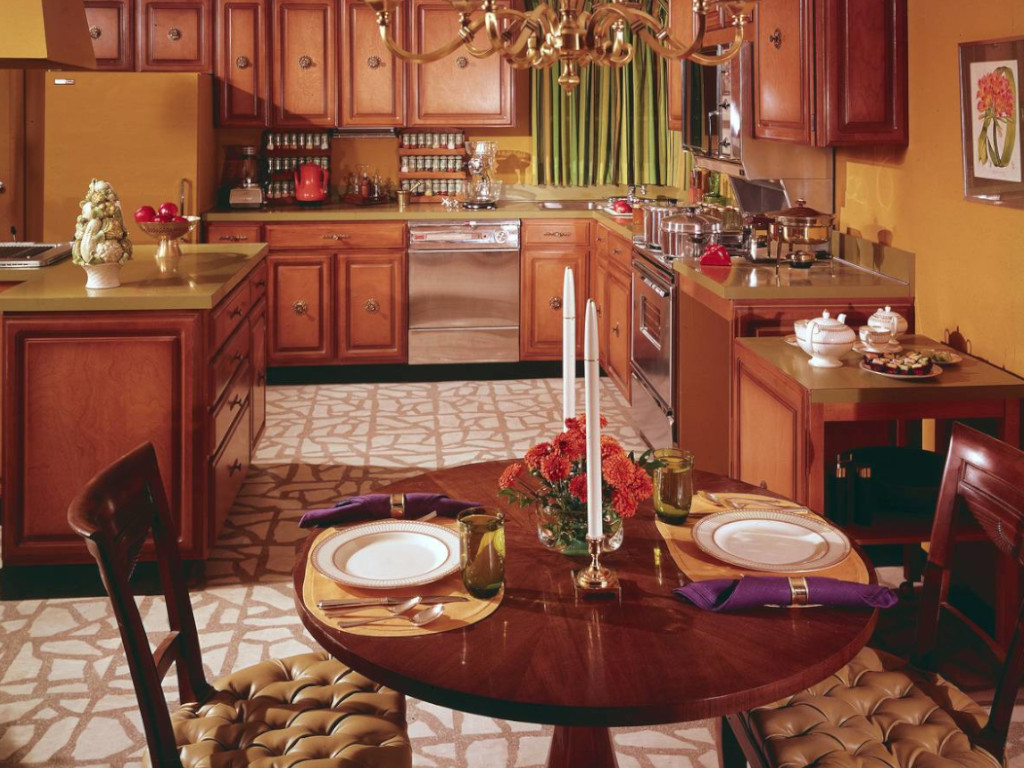
Country-style kitchens employed a focus on natural materials, generally wood, to create a warm and comfortable environment so homeowners and guests would want to spend plenty of time there.
The space was also a lot larger and open shelves used bowls and plants as decoration to add to the country-style motif. Other features included kitchen islands, and the ceiling above the island was used to hang pots and pans as well as hanging decorative items like fruit baskets.
1977 – All the Colors of a Disco
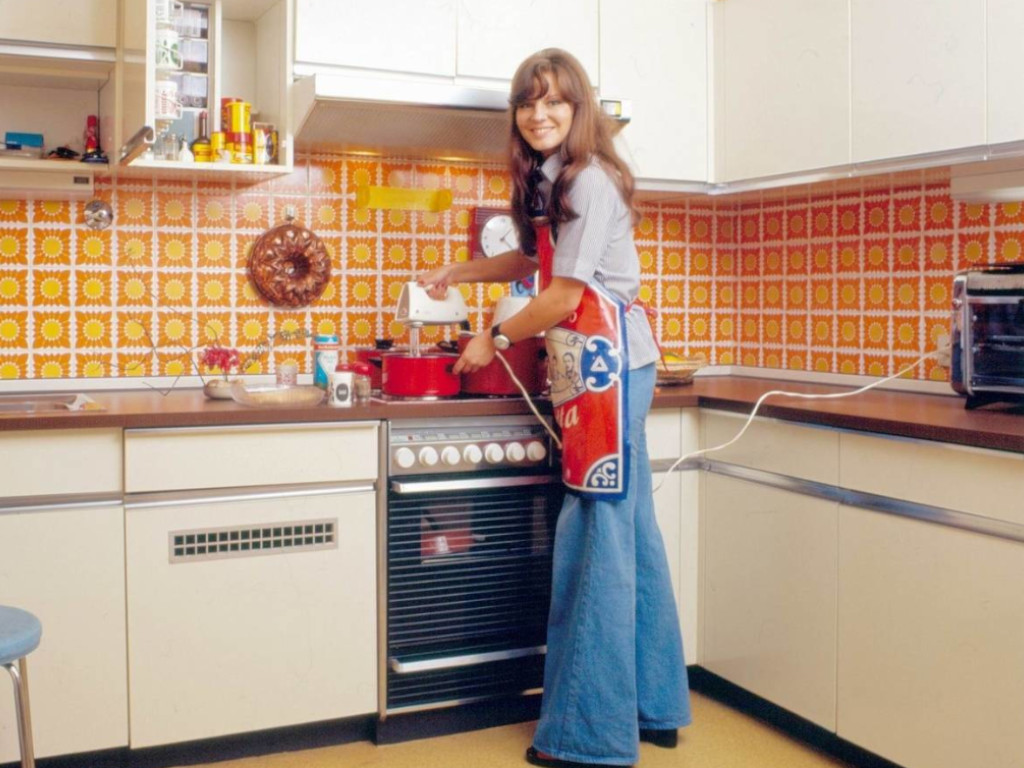
In the 1970s, American kitchens looked like a rainbow had gagged all over them. This was a good thing because colors like acid yellow, fire orange, grape and forest green were everywhere, including glassware, appliances, kitchen tables and backsplashes.
Even Formica, a laminated composite material used for various purposes in the 1970s, came in electric and neon colors. Unfortunately, these bold prints were only temporary and faded away by the time the 1980s rolled over.
1980s – Kitchen Were More Industrial
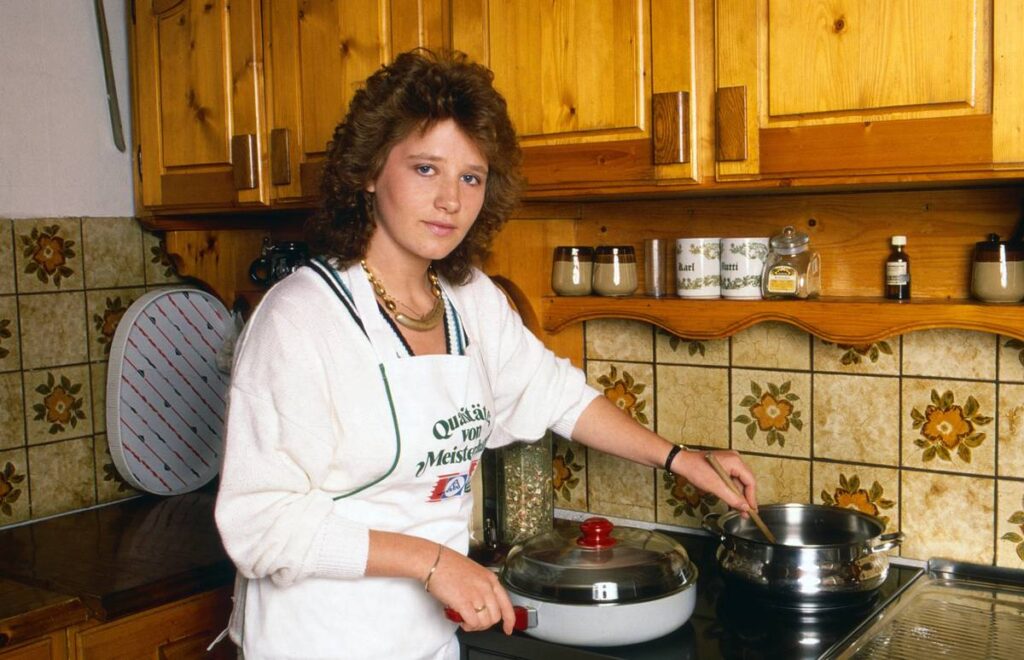
In the 1980s, American kitchens became industrial once again, meaning that it was no longer an area where the entire family congregated. And although there were still a few kitchens that contained bars and built-in benches, the 1980s separated the kitchen from the dining and living room areas. Other things that were no longer prevalent included those bold colors, elaborate geometric wallpaper and interesting décor.
1981 – Kitchen Islands and Pantries
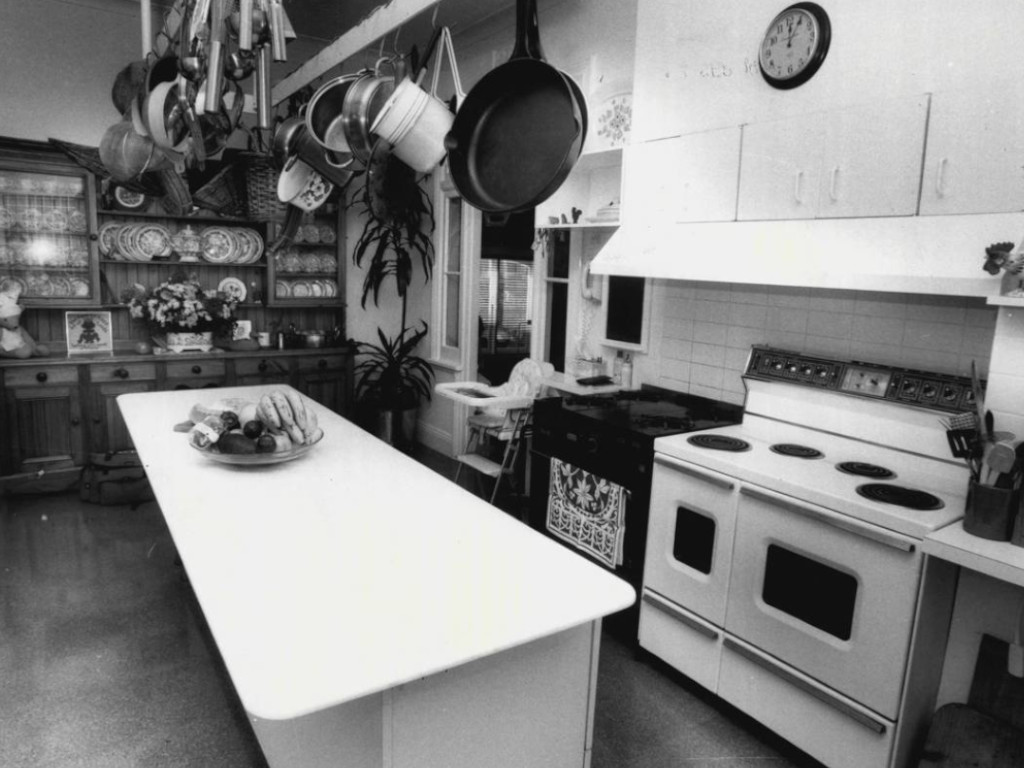
Another feature that proved that American kitchens were more industrial in the 1980s was the redesign of the kitchen island, which was a whole lot bigger than in the 1970s and included things like trash compartments, stoves and sinks.
Kitchens also included large pantries, which disappeared in the 1950s in lieu of built-in cabinets. But as the size of kitchens shrank, the need for storage space became a high priority.
1982 – Terracotta Colors
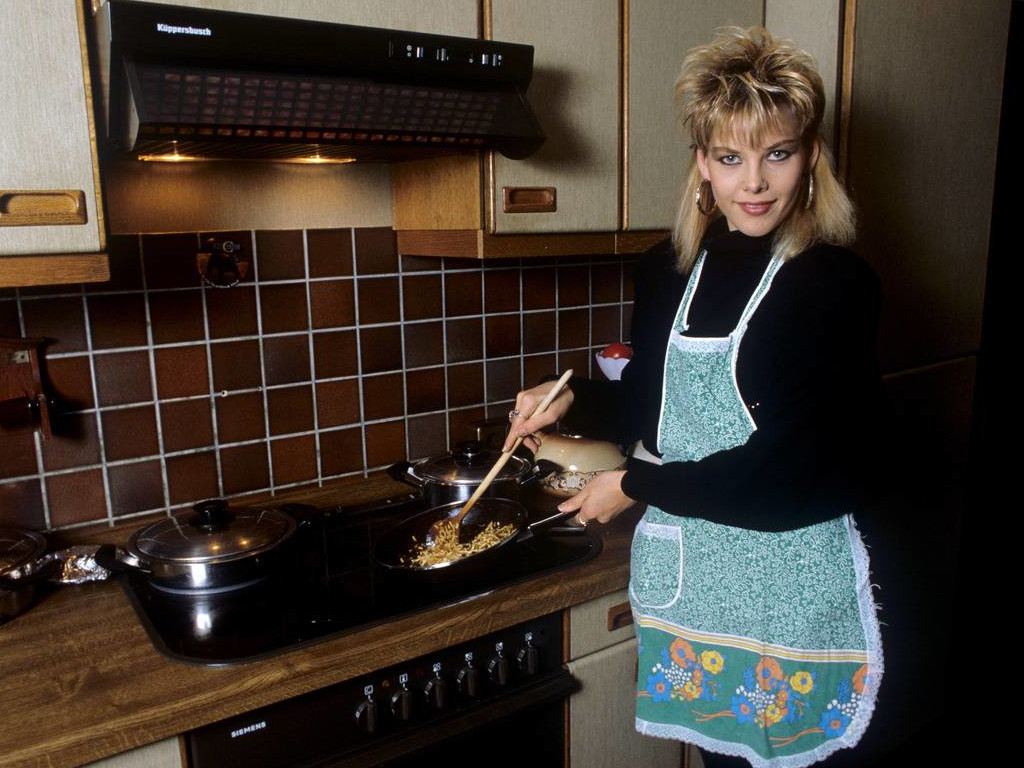
Terracotta is a brownish red or brownish orange color typically seen in clay pots. But it also became a popular color in American kitchens in 1982. And the color was featured in not only the wooden paneling on the outlines and sides of built-in cabinets, but also countertops and even the tiles on the backsplash. Even floors were tiled with a similar earth tone look. This made kitchens seem less wild and a lot calmer than in previous eras.
1985 – Black, White and Pastel Colors
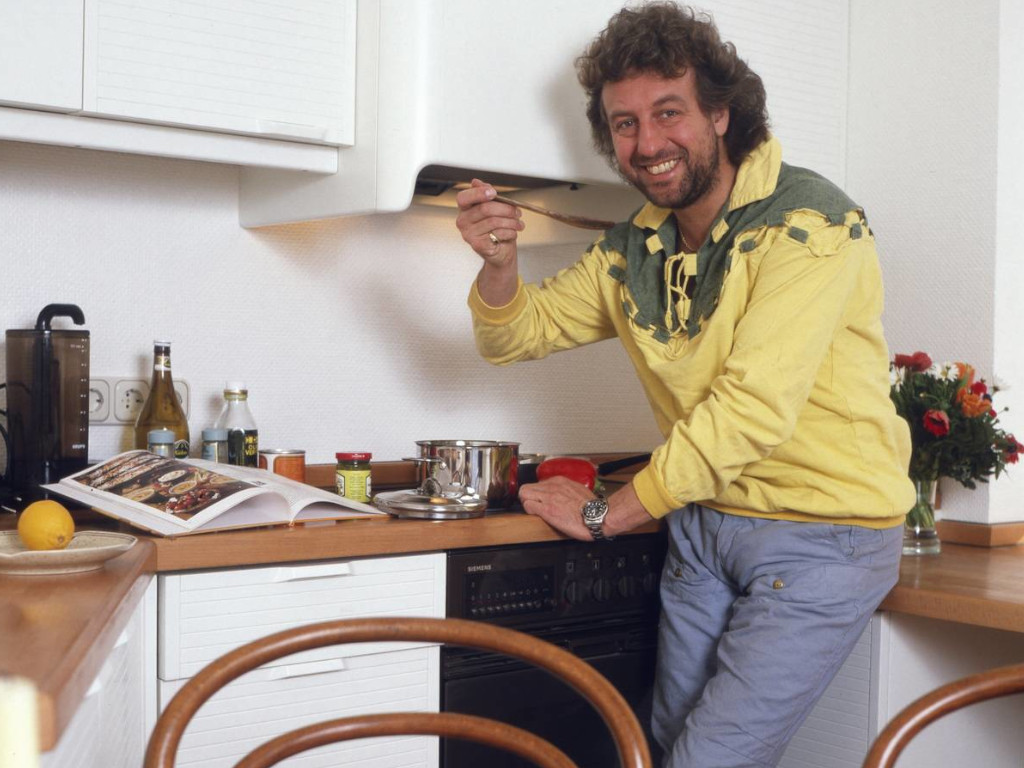
By the mid 1980s, American homeowners took down any remaining wallpaper from the 1970s and replaced it with simpler black, white and pastel colors. These colors were not just reflected in wall paint but also in appliances like microwaves and stoves as well as cabinets and furniture.
But some kitchens still displayed a couple of patterned tiles here and there. Homeowners also did away with excessive décor because their kitchens were small and they didn’t want the room to feel cluttered.
1990s – Granite Countertops and No Handle Cabinets
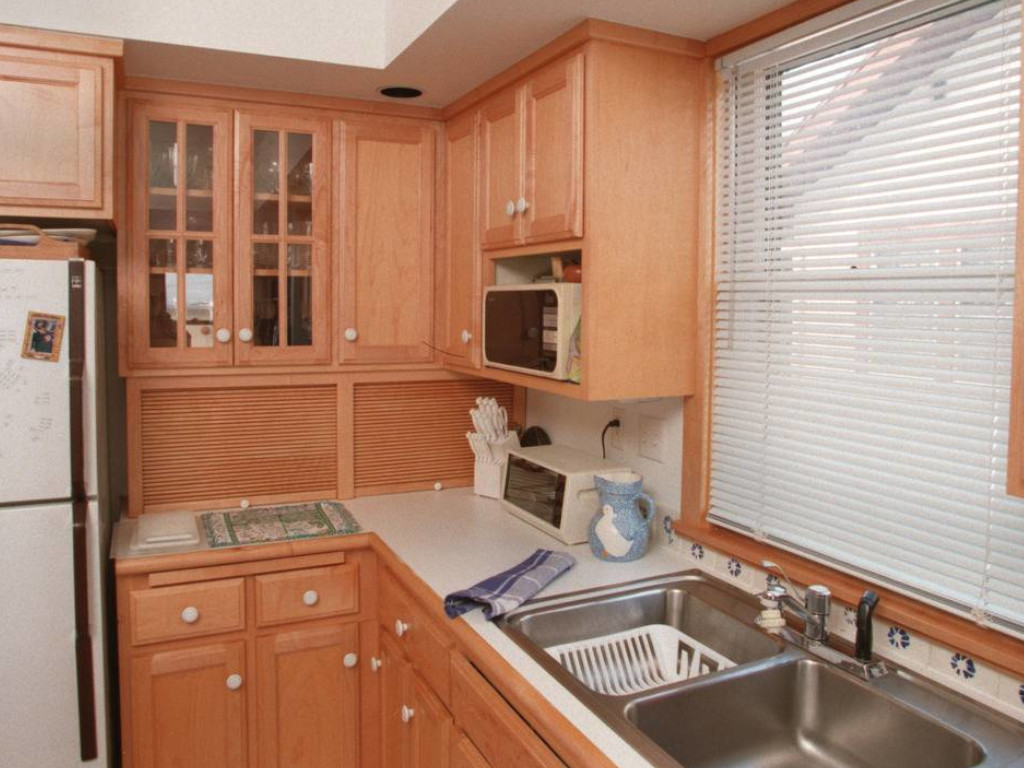
By the 1990s, blue, black, gray, green and even white countertops started popping up in kitchens across America. Even kitchen islands received a granite top makeover, but it wasn’t the only significant change either. The era also saw the introduction of white wooden cabinets, some of which were designed without handles to give the kitchen a more modern appearance.
1991 – All-White Kitchen
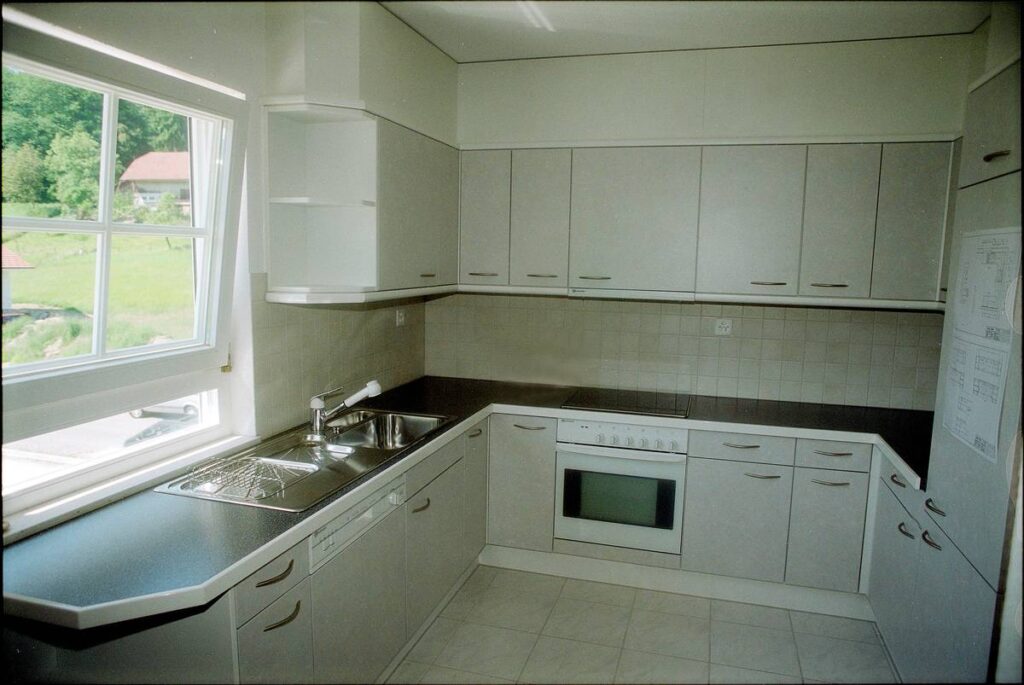
In contrast to previous eras like the 1960s which saw kitchens with tons of color, 1991 saw the introduction of an all-white kitchen. We’re talking white cabinets, white walls, white windowpanes. Even the appliances and tiles on the floor were all white.
The only color change was perhaps the occasional black granite countertops. But generally speaking, everyone wanted a white, sterile environment that made the kitchen seem like it was clean and modern. But it also made dirt and stains from things like sauces more visible.
1994 – The Farmhouse Kitchen
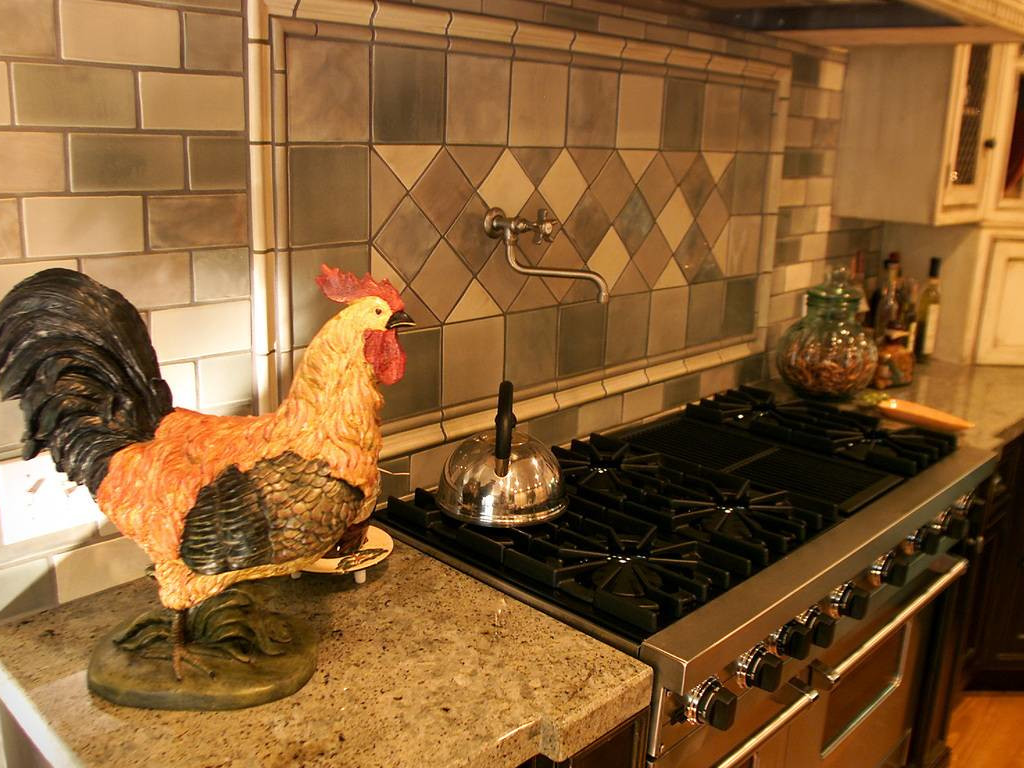
Another popular style from the 1990s was the farmhouse, which took elements from English and French countryside homes like brass and copper cooking utensils and light wood cabinets. It also came with plenty of cast iron, apron sinks, and glass China hutches, too. These types of kitchens often came in earth tone colors such as olive green or beige while the floors were either pale or white colors.
2000s – Open Kitchens Expanded
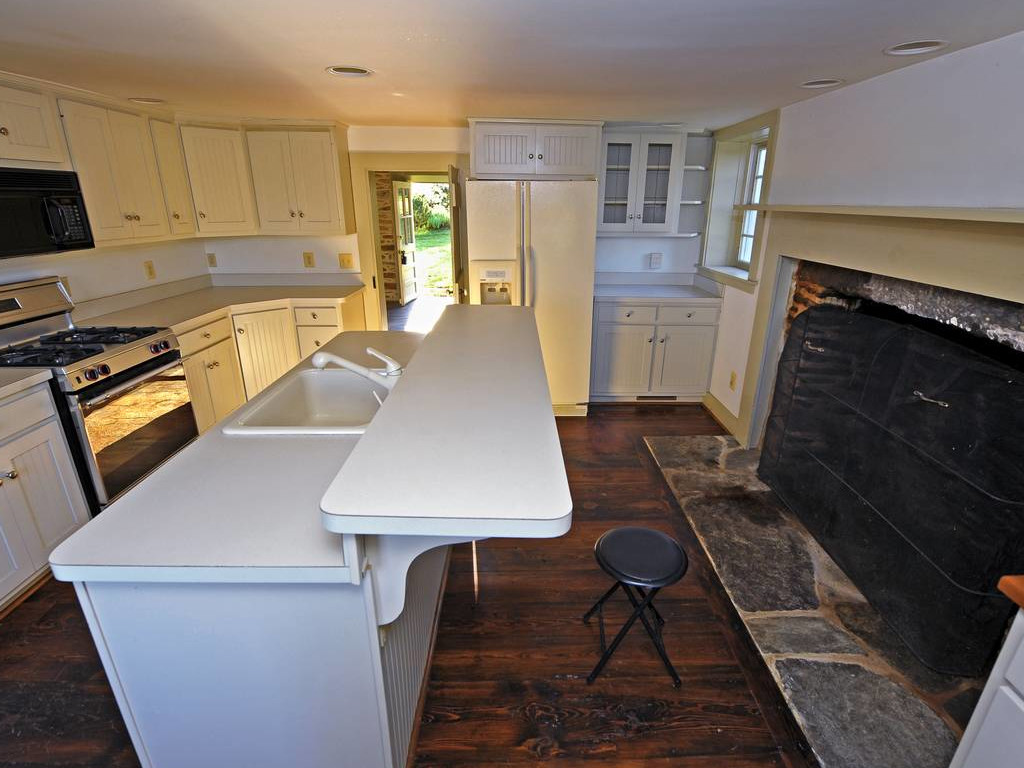
American kitchens have undergone a series of expansions and reductions in sizes over the decades. But with the new millennium came the introduction of the McMansion, which is a massive home with huge rooms, including the kitchen.
These new, more open kitchens had kitchen islands as big as a dining table and walk-in pantries full of space. And although the cabinets retained the farmhouse style of white, beige, and dark wood, it also incorporated ornate wood and rustic backsplashes that made kitchens a lot more elegant.
2006 – The Return of Stainless Steel
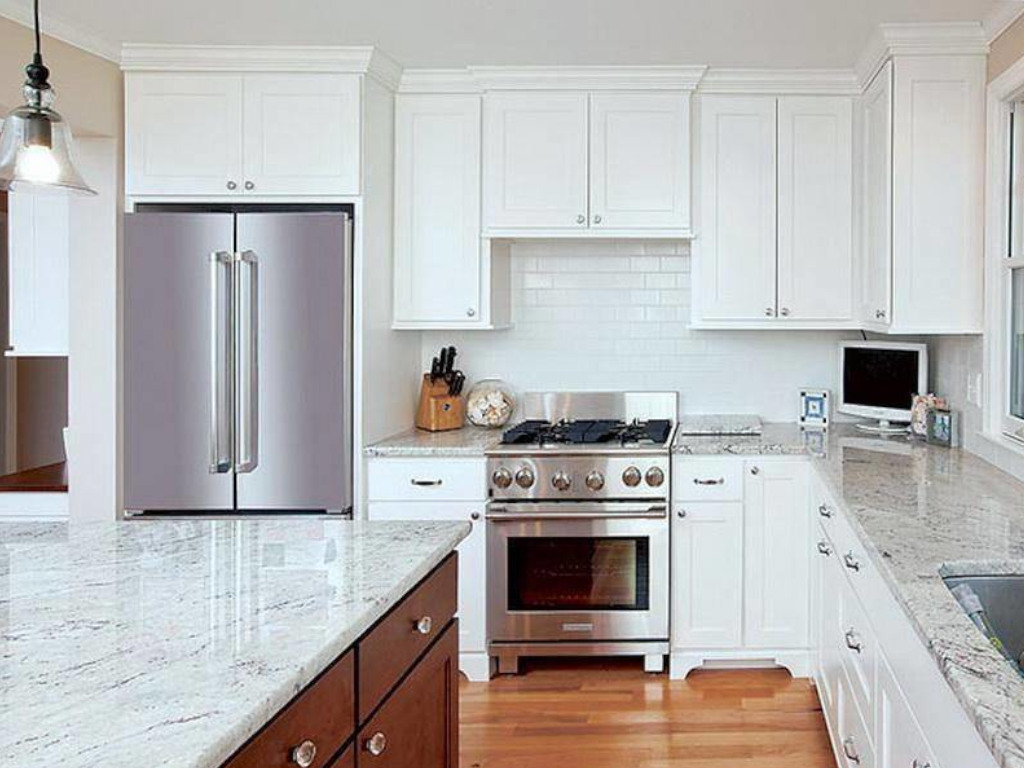
Although stainless steel popped up in previous eras, it really became popular in the 21st century because it looked so modern and futuristic. It’s also not surprising that microwaves, stoves, ovens, refrigerators and even toasters came in stainless steel because the material is both durable and easy to clean. Another feature that complemented stainless steel was granite, which was used in backsplashes and on countertops.
2010s – Quartz Countertops and White Appliances
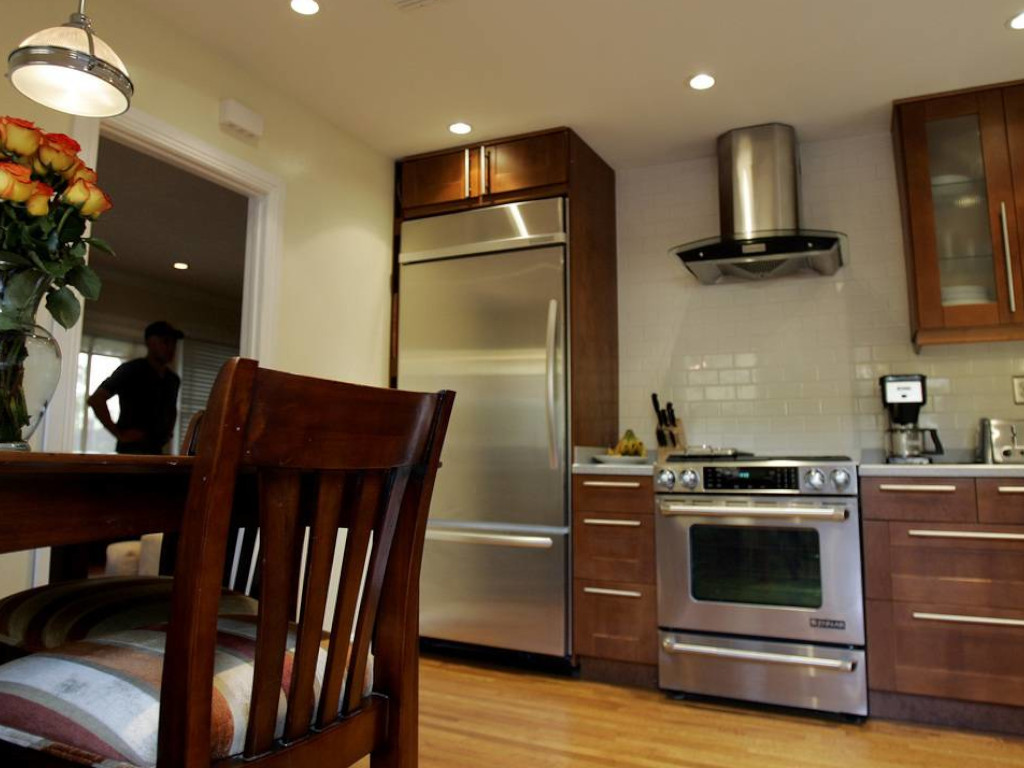
By the 2010s, American kitchens were opting for shades of white instead of neutral colors. At this point, white appliances were favored over their stainless steel counterparts.
Another feature that took over were quartz-colored countertops which looked ten times more expensive than granite countertops but were generally more affordable. On rare occasions, there was some color added but it was often a cool color like icy blue, green or even purple.
2017 – The Return of Wallpaper
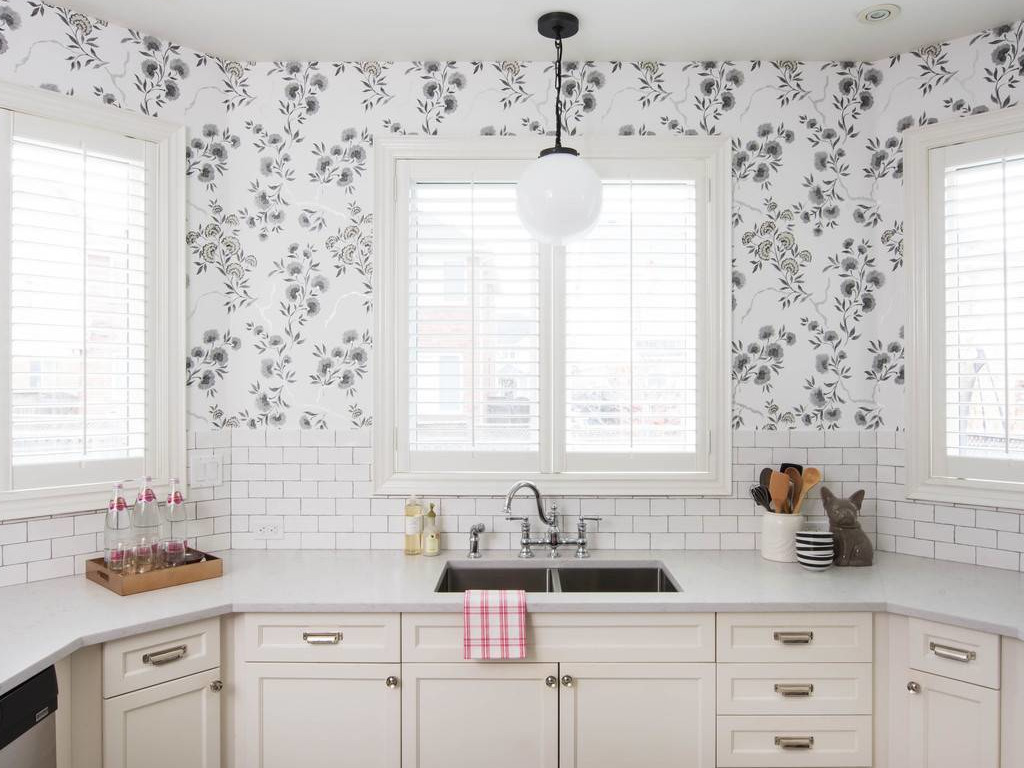
Although wallpaper had gone out of style, it made a moderate return towards the end of the 2010s. In most cases, only a single wall would be covered in wallpaper. Some homeowners preferred it behind the kitchen table.
Another element that was applied to kitchens included metallic statement pieces such as their sinks, pendant lights and chandeliers. And the colors included black, brass or even gold. But some kitchen features in the 21st century were super tacky.
2010s – Kitchen Labels
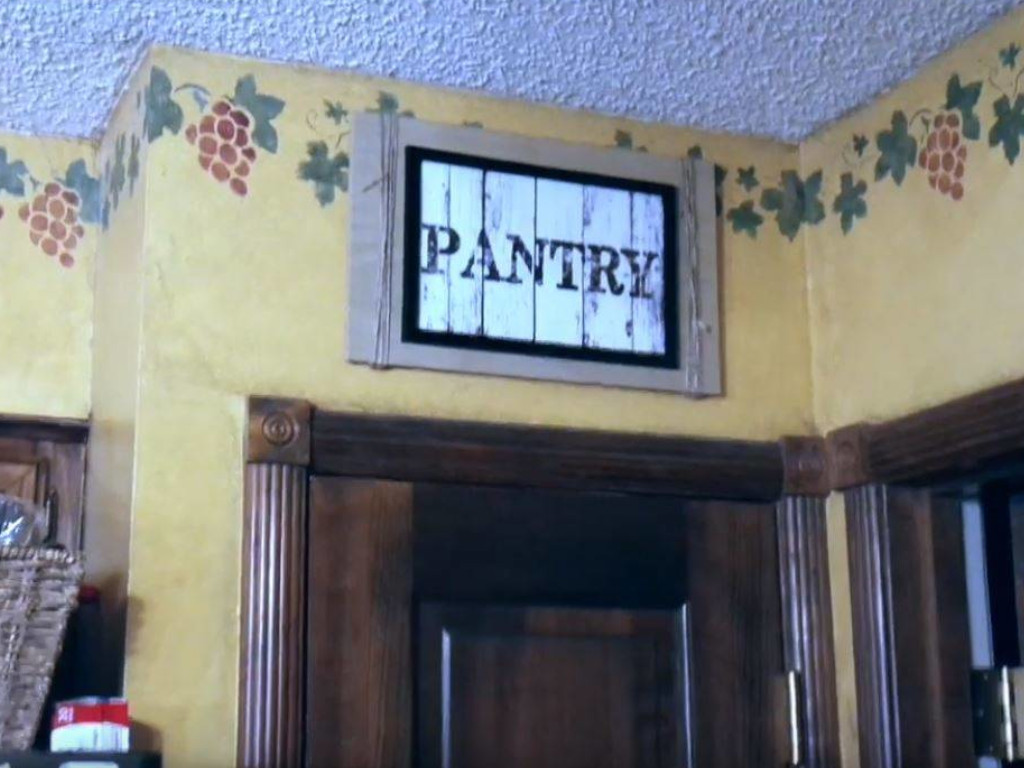
Most people know that industrial kitchens have all sorts of labels on the walls or doors so workers can figure out the difference between a storage closet and a pantry.
But for some reason, people have started integrating this concept into their home kitchen by labeling things like their pantry and even kitchen areas like the counter where the coffee maker is. The reason why these obvious kitchen labels are a fail is because they come off like they’re insulting the homeowner's or guest’s intelligence.
2020s – Kitchen Desks
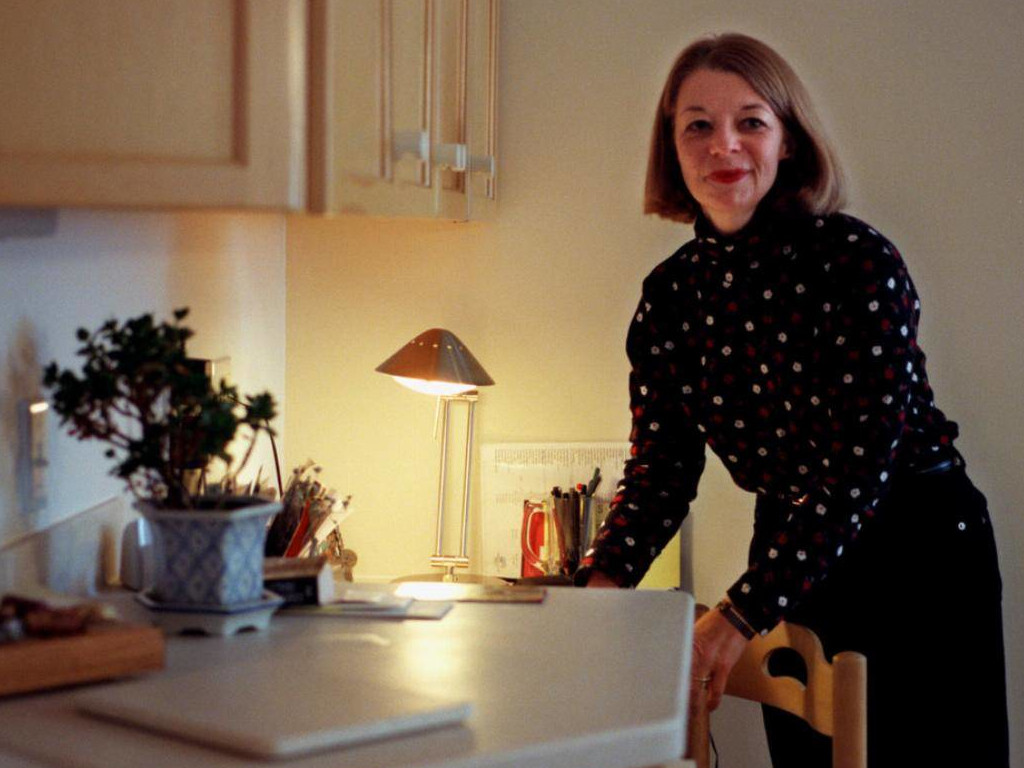
Although kitchens were intended to serve the primary purpose of cooking, it’s become more much over the years. It has also been used as a dining room and more recently, as a home office.
While it might sound practical to have a desk where they can crunch numbers or use their laptops, it’s really a bad idea because the kitchen is where meal prep takes place and the last thing anyone wants to risk is a paper document or computer to get splattered with food by accident.
2020s - Plastic Cups, Dishes and Pitchers
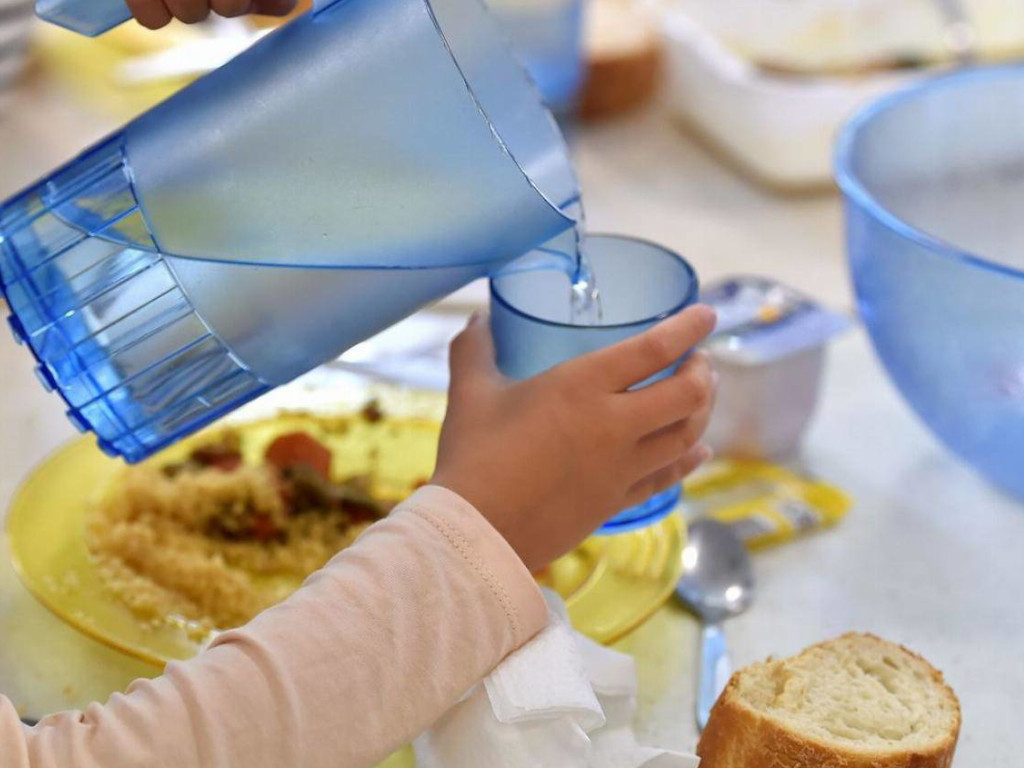
Plastic cups, dishes, pitchers and salad bowls might be okay if you’re a college student on a budget. But it definitely doesn’t accentuate the value of any kitchen. It’s also not very practical given that there are boiling pots, hot stoves and ovens in the vicinity that can damage or melt these items. They’re also pretty tacky and definitely not what anyone envisioned American kitchens looking like in the future.
2020s – Open Shelves
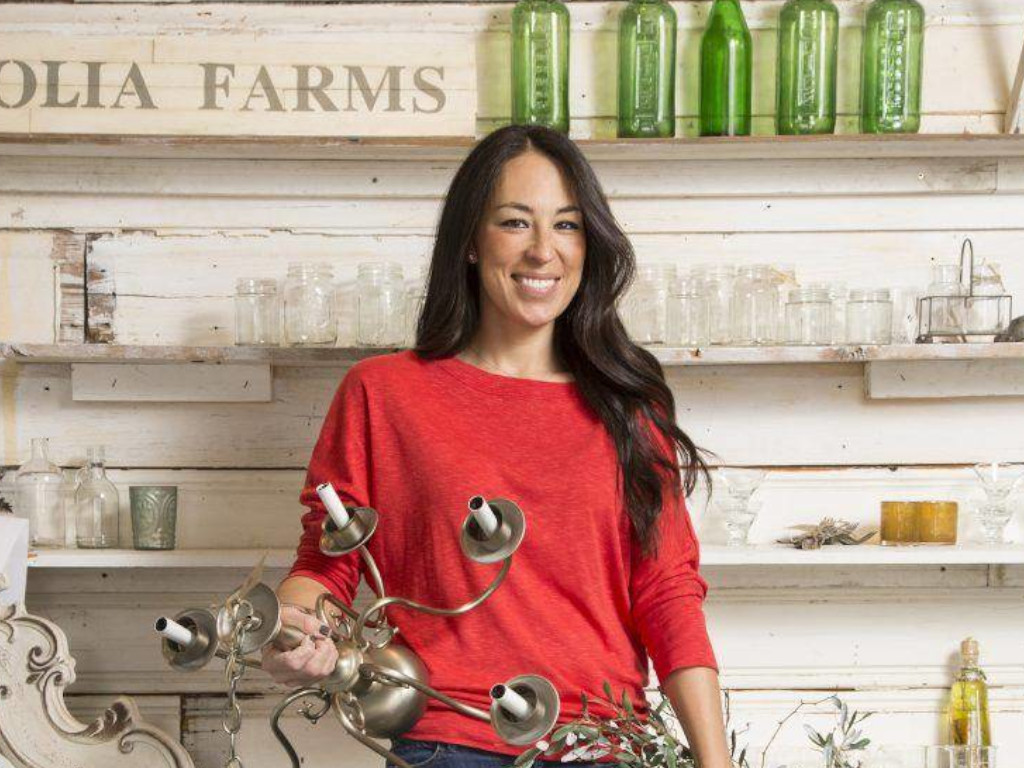
Although open shelves were used in the 1940s and the 1970s, they really made a serious comeback in the 2020s. Unfortunately, they haven’t always improved the look of a kitchen. If anything, it’s made it worse by making it seem cluttered.
There’s nothing wrong with open shelves as long as they aren’t overwhelmed with a lot of items. Otherwise, the kitchen starts to look like an overstocked department store. Also, it’s a pain to have to dust every single item individually.
2020s - The Barnhouse Kitchen
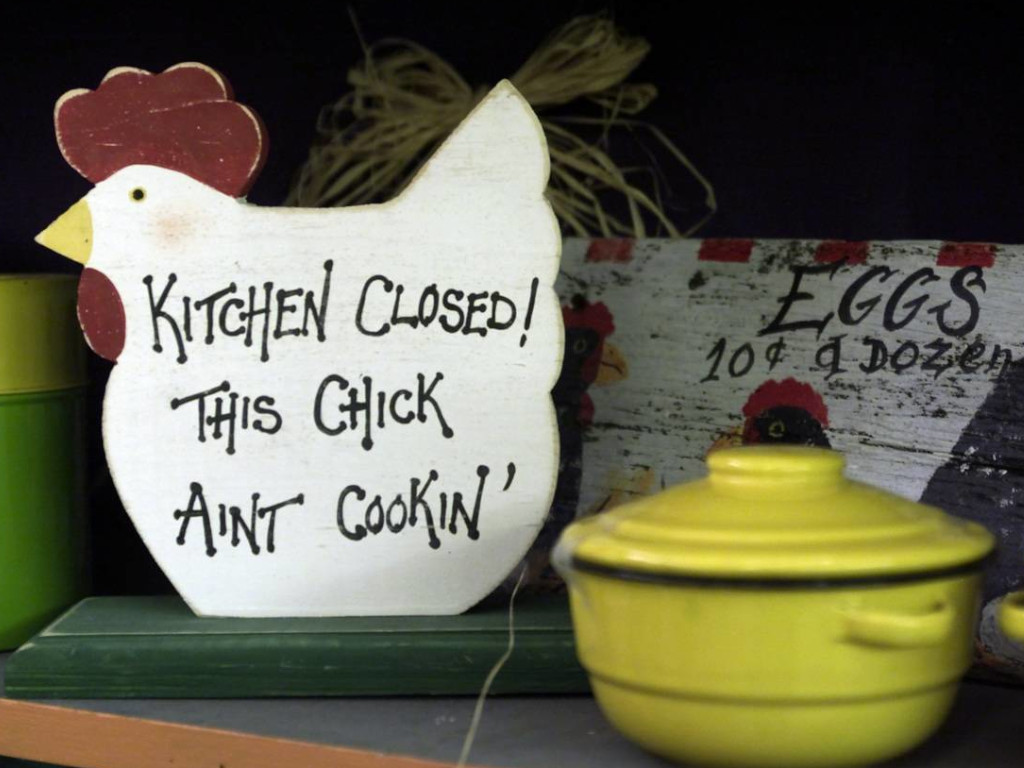
It’s one thing to recreate the country style kitchen look from the 1970s and another to turn a kitchen into something that looks like tacky. A barn theme often consists of barn doors, a pitcher with dried flowers, a sign that suggests you sell eggs and milk cows, and a couple of ceramic roosters. But this doesn’t work well in the 21st century unless of course, you happen to live in a barn or on a farm. Then it might be okay.
2020s – Fake Fruit Bowls
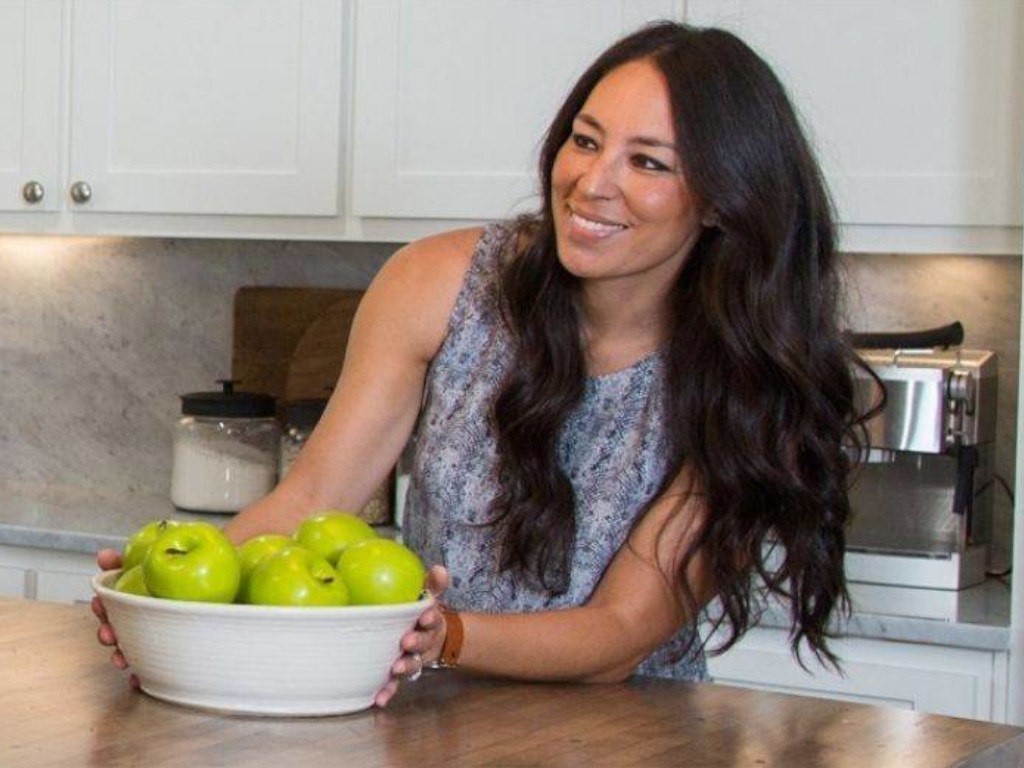
Some homeowners have started adding fruit bowls on their kitchen counter to cue everyone in the family to eat fruit more frequently. Unfortunately, fruits will spoil or get moldy within a couple of days, especially if the house doesn’t have central air conditioning.
It’s why some people are opting for fake fruit bowls full of shiny, plastic fruits that wouldn’t convince anyone that the fruit is legit. Also, fake fruit gets coated in dust over time, which looks utterly unsightly.
2020s – Alcohol on Display
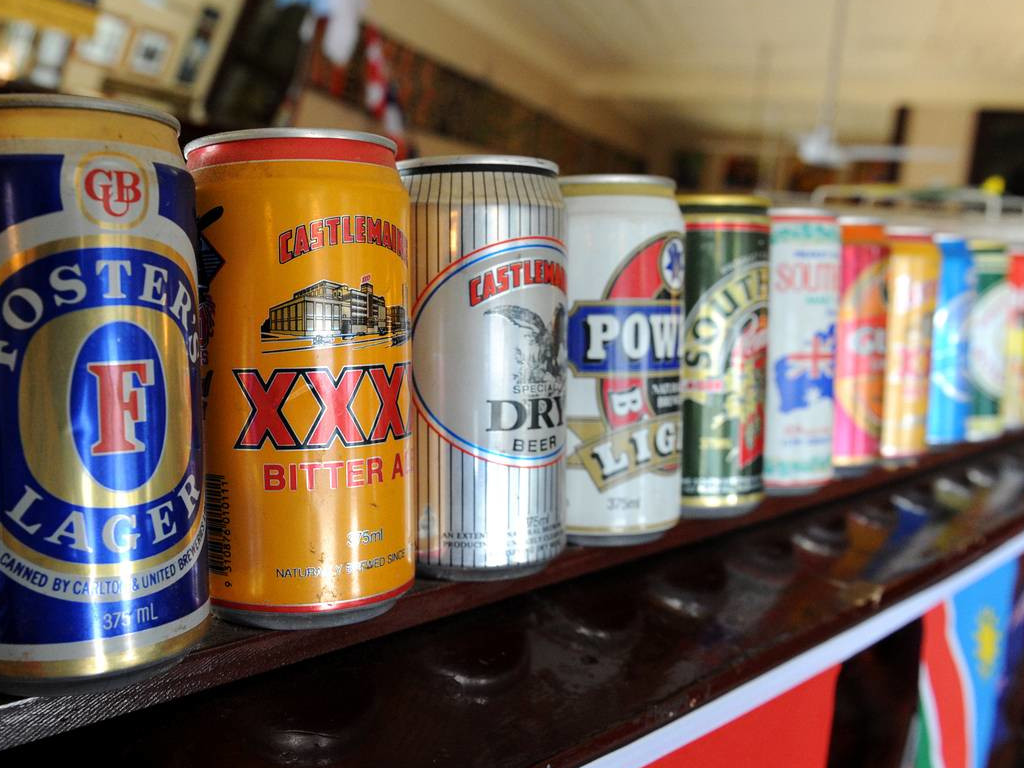
Anyone who has ever been to a bar has seen an exotic collection of empty beer cans or beer bottles on the walls. And that’s okay. It’s a bar. Where else would you expect to find something like this? Certainly not a kitchen! But some people are displaying their alcohol collection in their kitchen like they’re a bar. So, any guests that get invited over and see this might think the homeowners have a serious problem.
2020s – Signs That Honor Wine
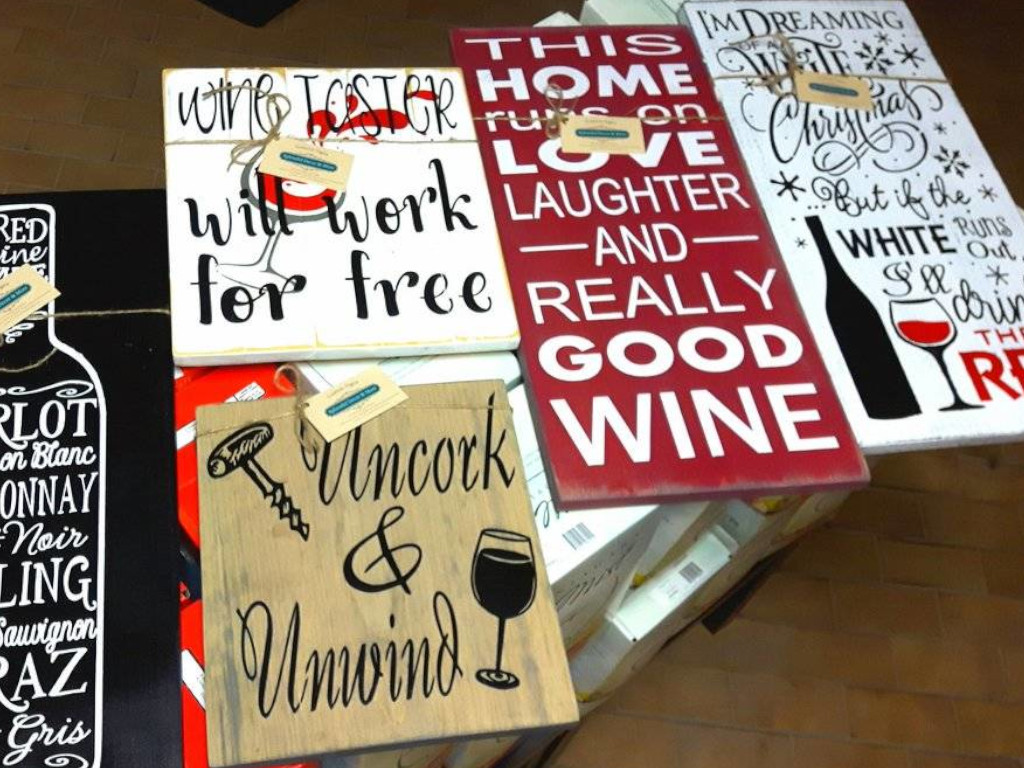
Signs on walls that honor or celebrate wine drinking are great if you happen to own a vineyard. But like the can or bottle of beers on display, if you have a bunch of signs on the wall that honor wine, then family and friends who come over are going to get the wrong idea. But one wine decor sign with a wine slogan on display is okay as long as the slogan isn’t too cheesy.
2020s – Weird Refrigerator Colors
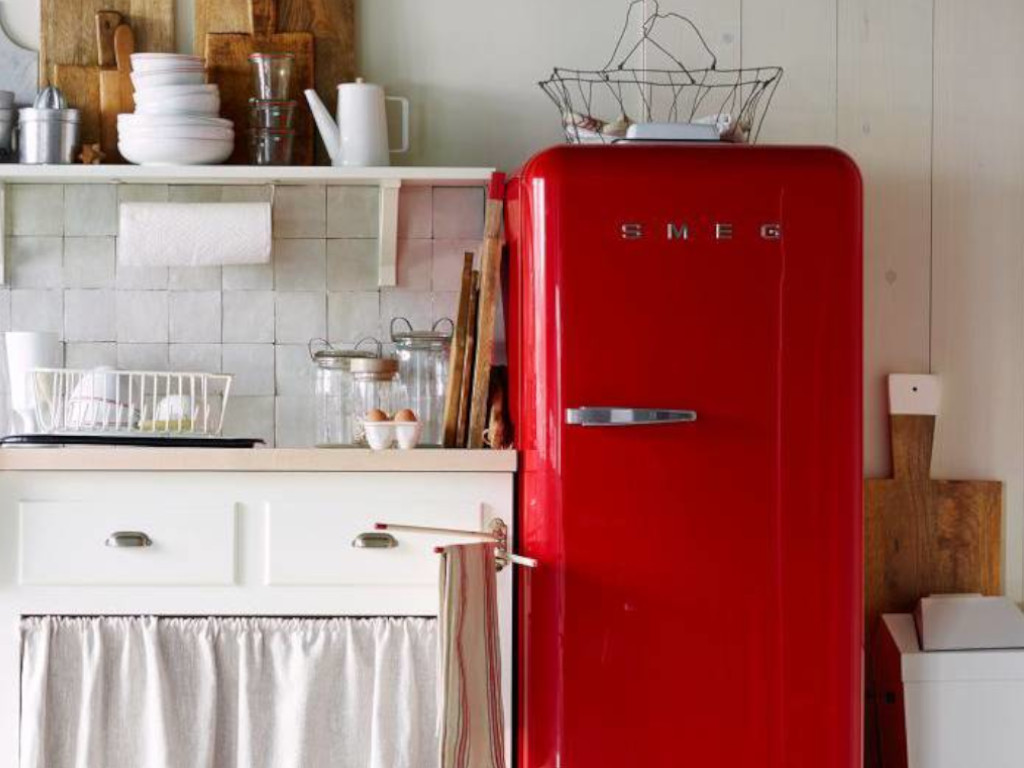
The 1950s are in the rearview mirror and they aren’t coming back unless you’re some kind of time traveler. So, the need to add refrigerators with extremely bright colors like rich red or bright cobalt blue just won’t cut it in the 21st century.
But they will be eye-popping for all the wrong reasons, unless of course, you manage to apply the color scheme to all aspects of the kitchen. But who would want to cook in a kitchen that’s entirely fire truck red?
2020s - Extremely Patterned Cabinet Knobs
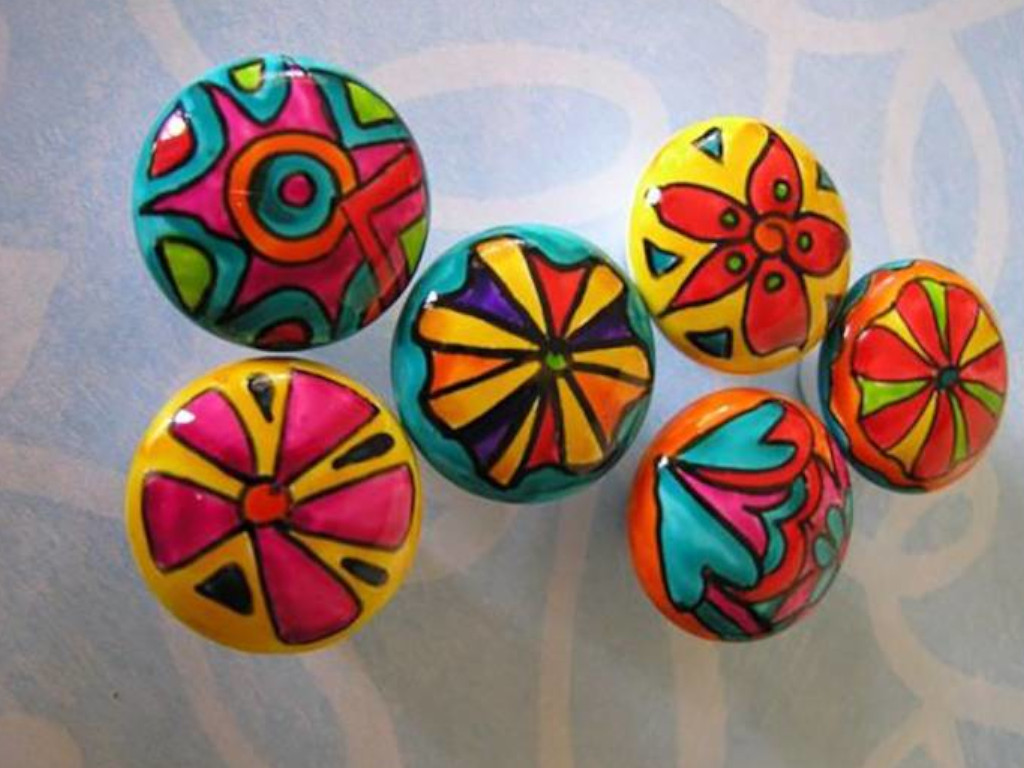
Cabinet knobs don’t always stand out or make a kitchen look classier than it is. Then again, they’re not supposed to. They only serve one purpose, which is to help you pull the cabinet doors open. Replacing old cabinet knobs with colorful, patterned ones aren’t going to accentuate your kitchen’s look. It will simply make it look like a distasteful eyesore and make everyone want to steer clear of the kitchen.
2020s – Chevron Tile Patterns
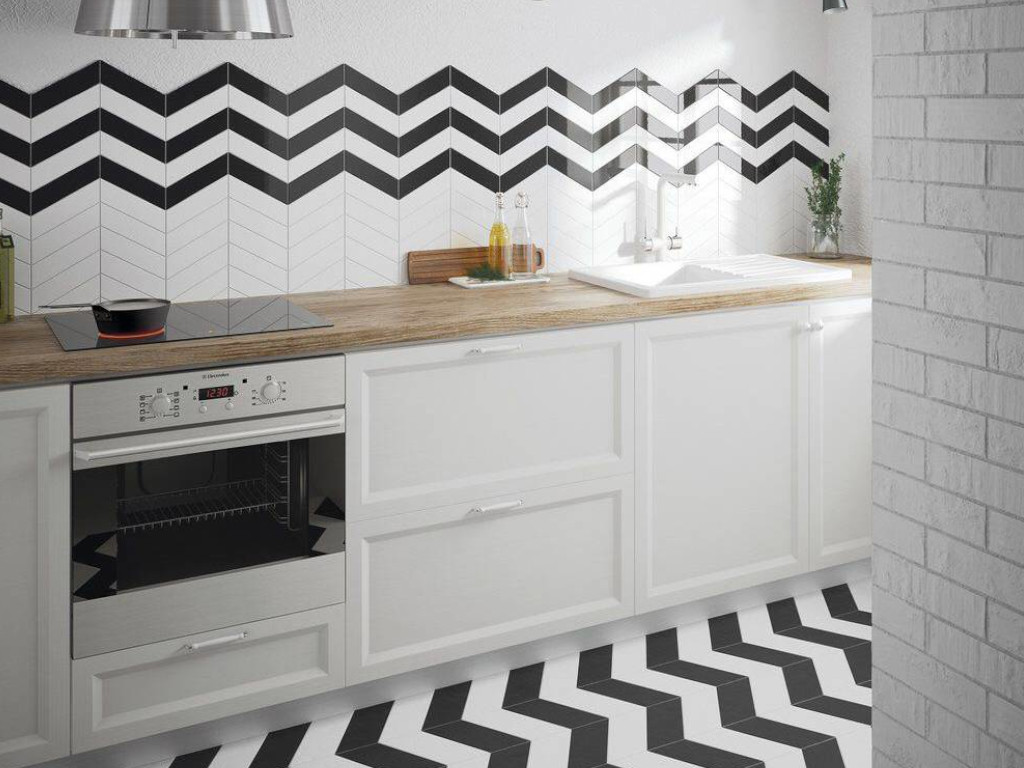
Chevron tile patterns are very distracting in the kitchen because they form zigzags as seen in this photo. It looks like someone took a permanent marker and drew zigzags on the walls and floors. It’s also very distracting and can cause someone to get dizzy and fall on the floor. And it takes away from other items that are more important in the kitchen like luxurious appliances.

